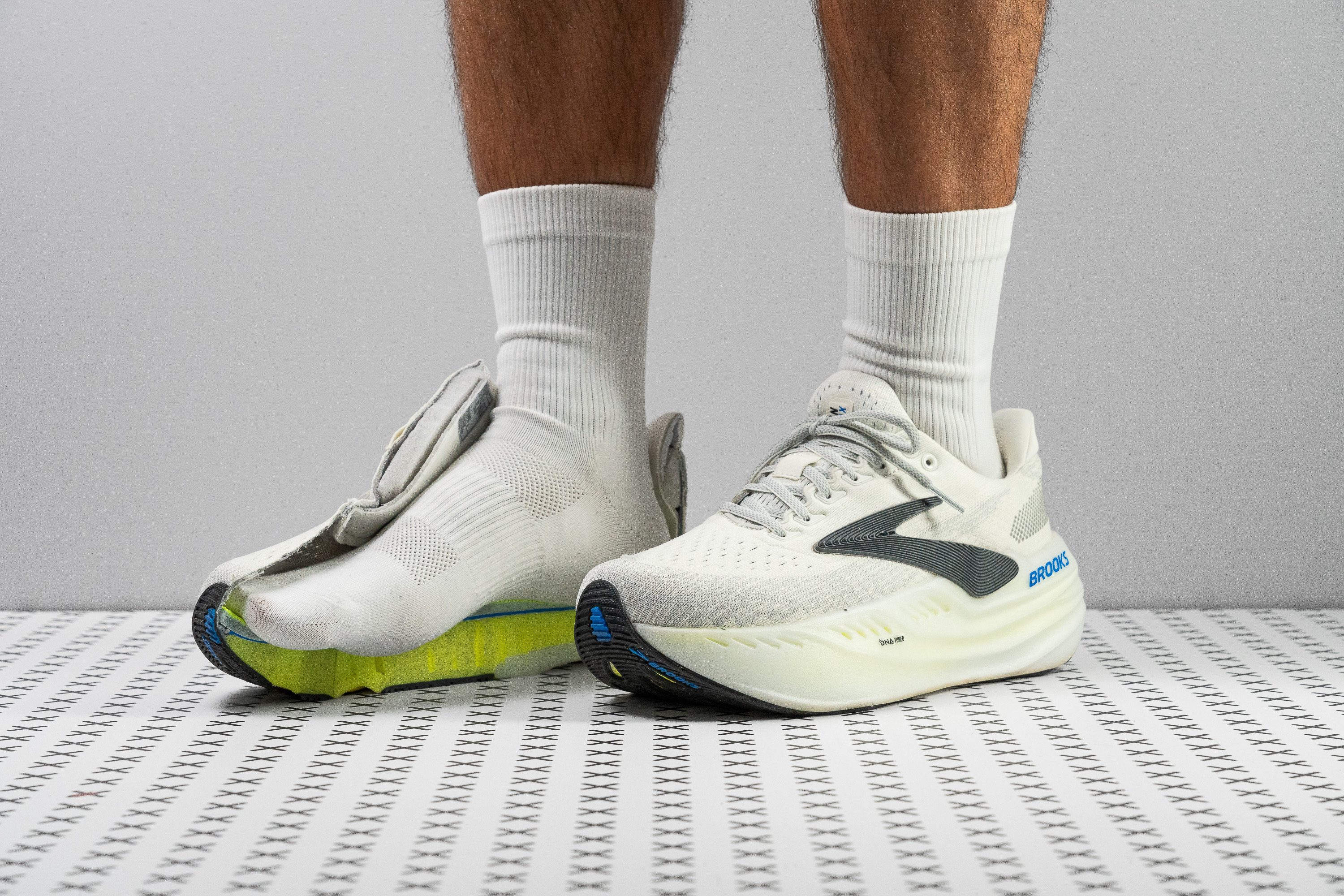Our verdict
- Top pick in best Brooks walking shoes
- Top pick in best running shoes for underpronation
Pros
- Massive impact dampening
- Luxurious yet breathable upper
- New DNA Tuned midsole
- Eye-catching look
- Surprisingly stable
- Can be used as a walking shoe
- Premium materials
Cons
- Too heavy
- Midsole lacks bounce
- Poor rubber coverage
- High price tag
Audience verdict
- Top 30% in road running shoes
- Top 28% in Brooks running shoes
- Top 3% most popular running shoes
Comparison
The most similar running shoes compared
+ + Add a shoe | |||||
|---|---|---|---|---|---|
| Audience score | 89 Great! | 89 Great! | 89 Great! | 90 Superb! | |
| Price | $200 | $160 | $180 | $200 | |
| Pace | Daily running | Daily running | Daily running | Daily runningTempo | |
| Shock absorption | High | High | High | Moderate | |
| Energy return | Low | Moderate | Moderate | High | |
| Traction | - | High | High | High | |
| Arch support | Neutral | Neutral | Neutral | Neutral | |
| Weight lab Weight brand | 10.8 oz / 305g 10.9 oz / 309g | 9.9 oz / 282g 10 oz / 283g | 10.3 oz / 292g 10.4 oz / 295g | 8.9 oz / 252g 8.8 oz / 250g | |
| Drop lab Drop brand | 6.6 mm 6.0 mm | 8.7 mm 5.0 mm | 6.6 mm 6.0 mm | 8.2 mm 8.0 mm | |
| Strike pattern | Mid/forefoot | HeelMid/forefoot | Mid/forefoot | HeelMid/forefoot | |
| Size | True to size | True to size | Slightly large | True to size | |
| Midsole softness | Soft | Soft | Balanced | Soft | |
| Difference in midsole softness in cold | Small | Normal | Small | Small | |
| Toebox durability | Decent | Decent | Good | Good | |
| Heel padding durability | Good | Good | Decent | Good | |
| Outsole durability | Decent | Good | Good | Good | |
| Breathability | Breathable | Breathable | Warm | Breathable | |
| Width / fit | Medium | Medium | Wide | Medium | |
| Toebox width | Medium | Narrow | Medium | Medium | |
| Stiffness | Stiff | Stiff | Stiff | Stiff | |
| Torsional rigidity | Stiff | Stiff | Moderate | Stiff | |
| Heel counter stiffness | Moderate | Stiff | Moderate | Moderate | |
| Rocker | ✓ | ✗ | ✓ | ✓ | |
| Heel lab Heel brand | 42.3 mm 47.0 mm | 39.3 mm 39.0 mm | 37.9 mm 35.0 mm | 42.8 mm 45.0 mm | |
| Forefoot lab Forefoot brand | 35.7 mm 41.0 mm | 30.6 mm 34.0 mm | 31.3 mm 29.0 mm | 34.6 mm 37.0 mm | |
| Widths available | Normal | NormalWide | Normal | NormalWide | |
| Orthotic friendly | ✓ | ✓ | ✓ | ✓ | |
| Season | SummerAll seasons | SummerAll seasons | All seasons | SummerAll seasons | |
| Removable insole | ✓ | ✓ | ✓ | ✓ | |
| Ranking | #102 Top 28% | #111 Top 30% | #97 Top 27% | #74 Top 20% | |
| Popularity | #8 Top 3% | #118 Top 32% | #36 Top 10% | #22 Top 6% |
Who should buy
The Brooks Glycerin Max is a maximalist running shoe that will excel for:
- Brooks fans who’ve turned to other brands for a true max-cushion shoe. It's finally here.
- Runners seeking a plush, comfort-driven daily trainer that emphasizes support over speed.
- Marathoners who value max protection on easy and recovery runs to help preserve their legs.
- Anyone who loves Brooks' step-in feel and wants a running shoe that doubles as a sneaker.
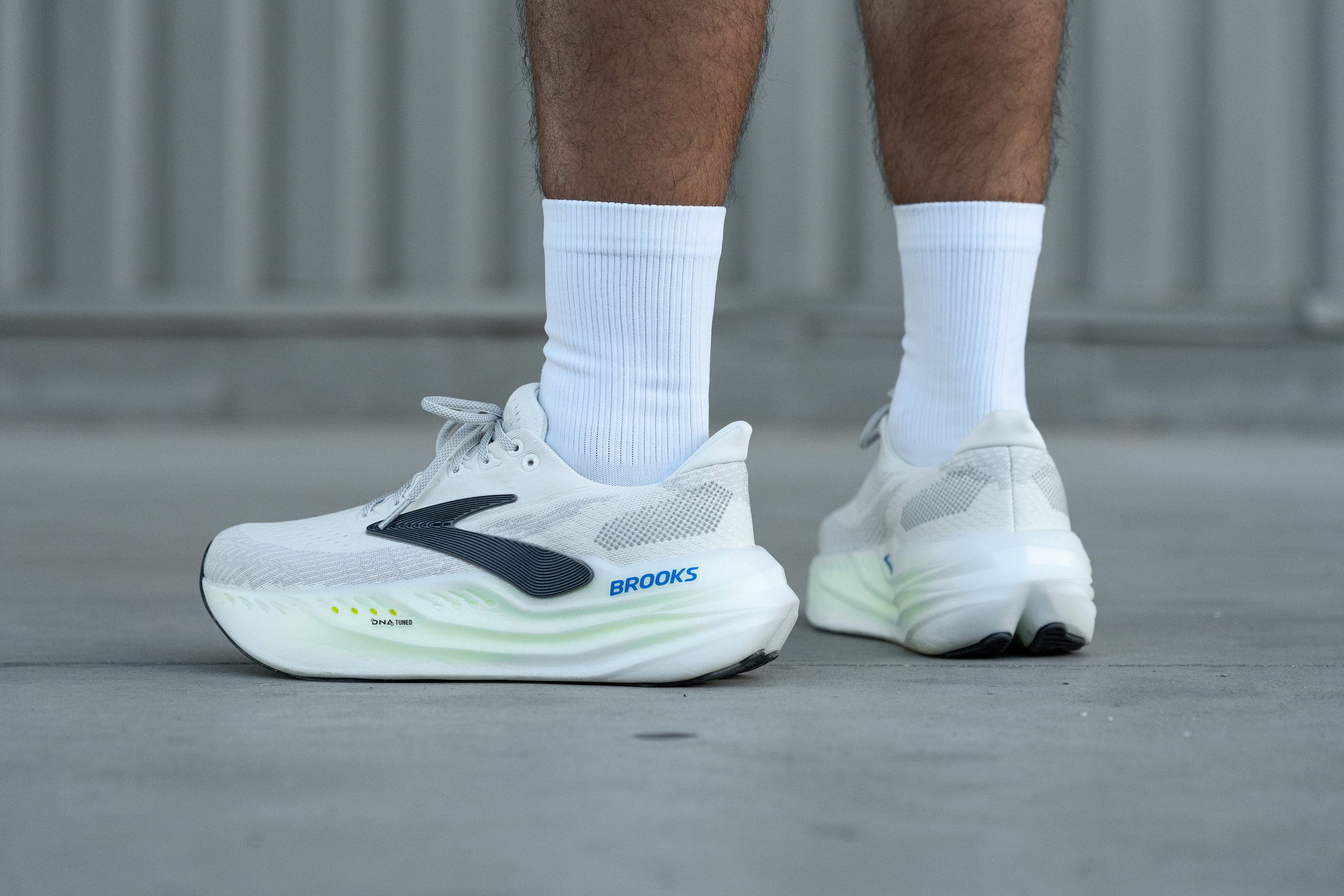
Who should NOT buy
One of the main issues with the Glycerin Max is its weight—it definitely could be lighter. This isn’t a problem for easy or slow-paced runs but could be a drawback for runners seeking a shoe that can handle faster speeds. There are better options at this price, like the ASICS Superblast 2 or Mizuno Neo Vista.
We also feel that the Glycerin Max's performance doesn’t justify its high price. The DNA Tuned midsole delivers similar energy return to the Hoka Mach 6 and ASICS Novablast 4, yet it comes at a considerably higher cost—making it a tough choice for those after the best value.
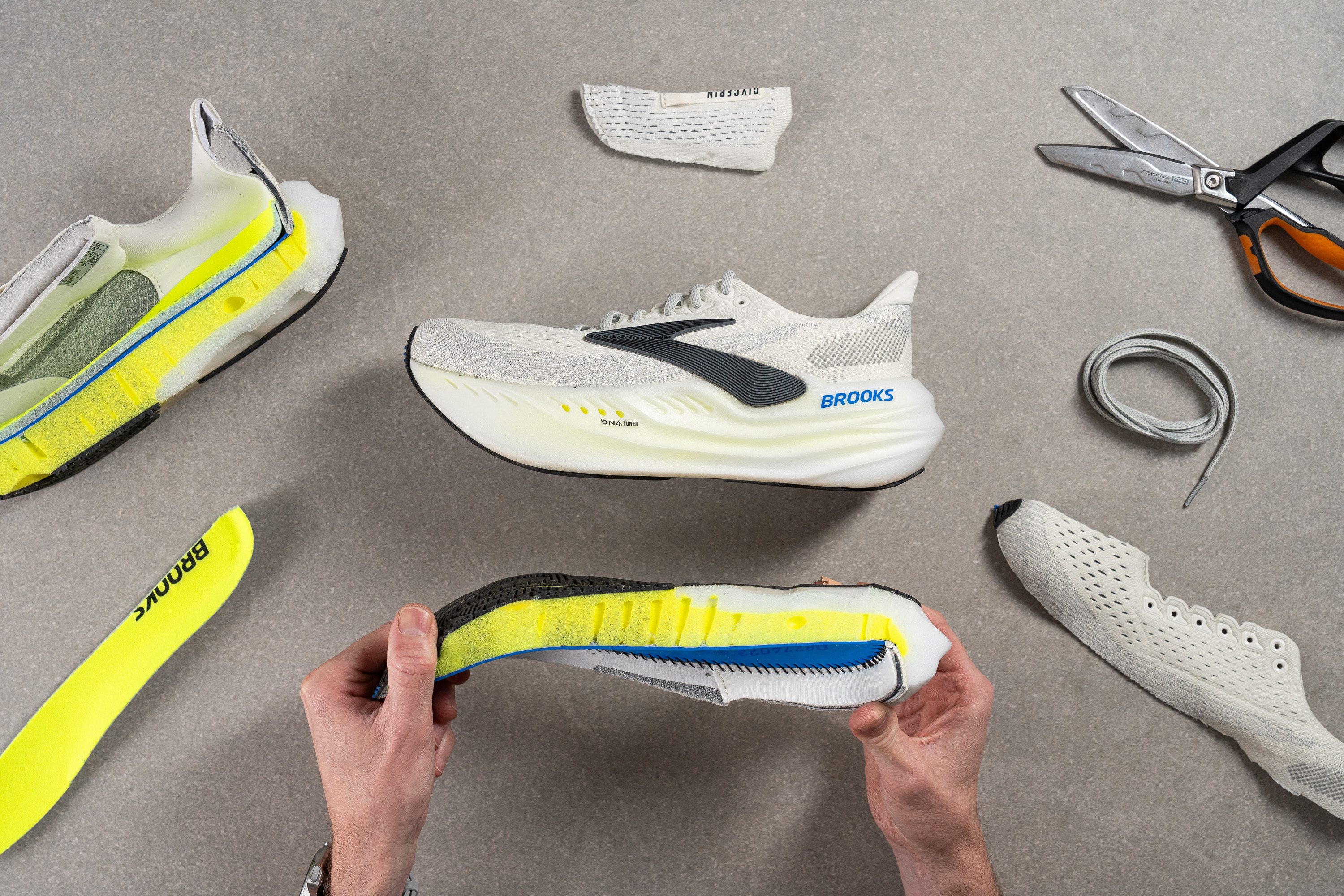
Additionally, the limited rubber coverage on the outsole raised durability concerns here in the lab. For those prioritizing a sturdy, maximalist shoe with a better, more durable outsole, the Puma MagMax Nitro is a superior model.
Cushioning
Shock absorption
We know many loyal Glycerin aficionados who come back year after year, but they’ve long been asking for more cushioning. They watched brand after brand go full-maximalist while Brooks stayed put... until now.
The Glycerin Max lives up to its name and brings a plush ride to the table. We tested it and discovered an outstanding 148 SA in the heel and a cushion-packed 138 SA in the forefoot. It's finally a true powerhouse of impact dampening.

| Glycerin Max | 148 SA |
| Average | 129 SA |
Energy return
On a negative note, energy return remains low. In fact, it’s lower than in the regular Glycerin, reaching only 52.0%.
While this isn’t a big concern for those choosing the Glycerin Max for easy paces or recovery runs, anyone aiming to go fast might prefer to check out the Adidas Adizero EVO SL.
| Glycerin Max | 52.0% |
| Average | 58.5% |
Heel stack
Brooks advertised a 47-mm stack height for the Glycerin Max, but our measurement came in at 42.3 mm. Still, it surpasses the 40 mm threshold that unofficially defines the "maximalist" category—an outcome we find really appealing for the heaviest runners out there.
Notably, this makes it the first Brooks shoe to cross that threshold, with the Ghost Max 2 capping off at 39.0 mm.

| Glycerin Max | 42.3 mm |
| Average | 34.8 mm |
Forefoot stack
In our view, while the heel cushioning is impressive, the forefoot is where this shoe truly stands out from a daily trainer. We believe that if you enjoyed the Glycerin 21 but wanted a boost in cushioning, this feels like the most natural upgrade—with an additional 5.1 mm in the heel and 9.1 mm more under the forefoot!
This yellow section contains the most responsive part of DNA Tuned, engineered with smaller cells to create a lively, bouncy feel directly underfoot.
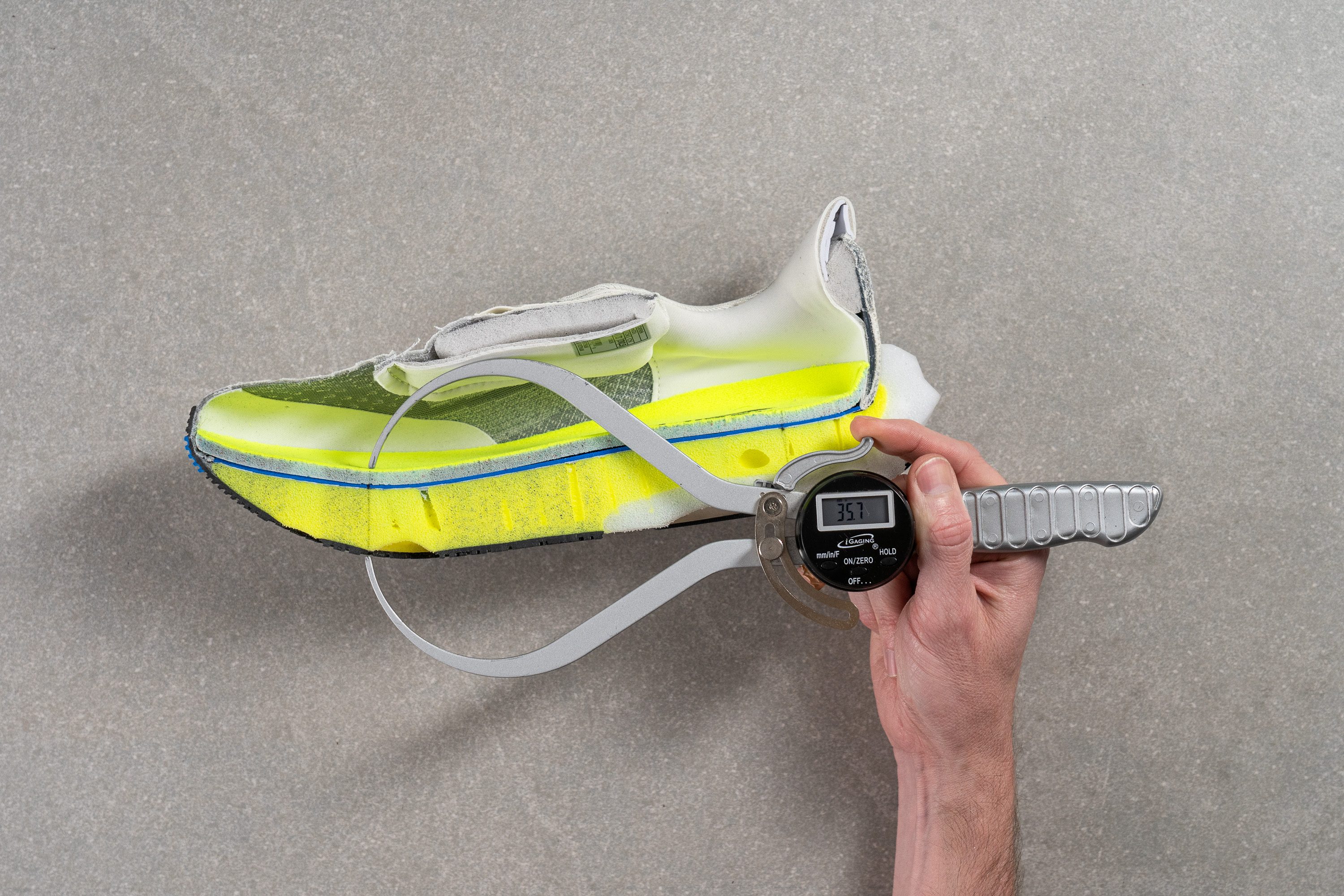
| Glycerin Max | 35.7 mm |
| Average | 26.2 mm |
Drop
You probably guessed it—the Glycerin series, traditionally a high-drop design, now uses a more balanced drop, which is the same modification that Brooks did with the Ghost. We measured a 6.6 mm difference between the heel and forefoot, only deviating 0.6 mm from Brooks' stated 6 mm.
This moderate drop suits midfoot strikers perfectly, yet with such plush cushioning and a pronounced curved heel, we believe it’s versatile enough to work for all footstrikes.
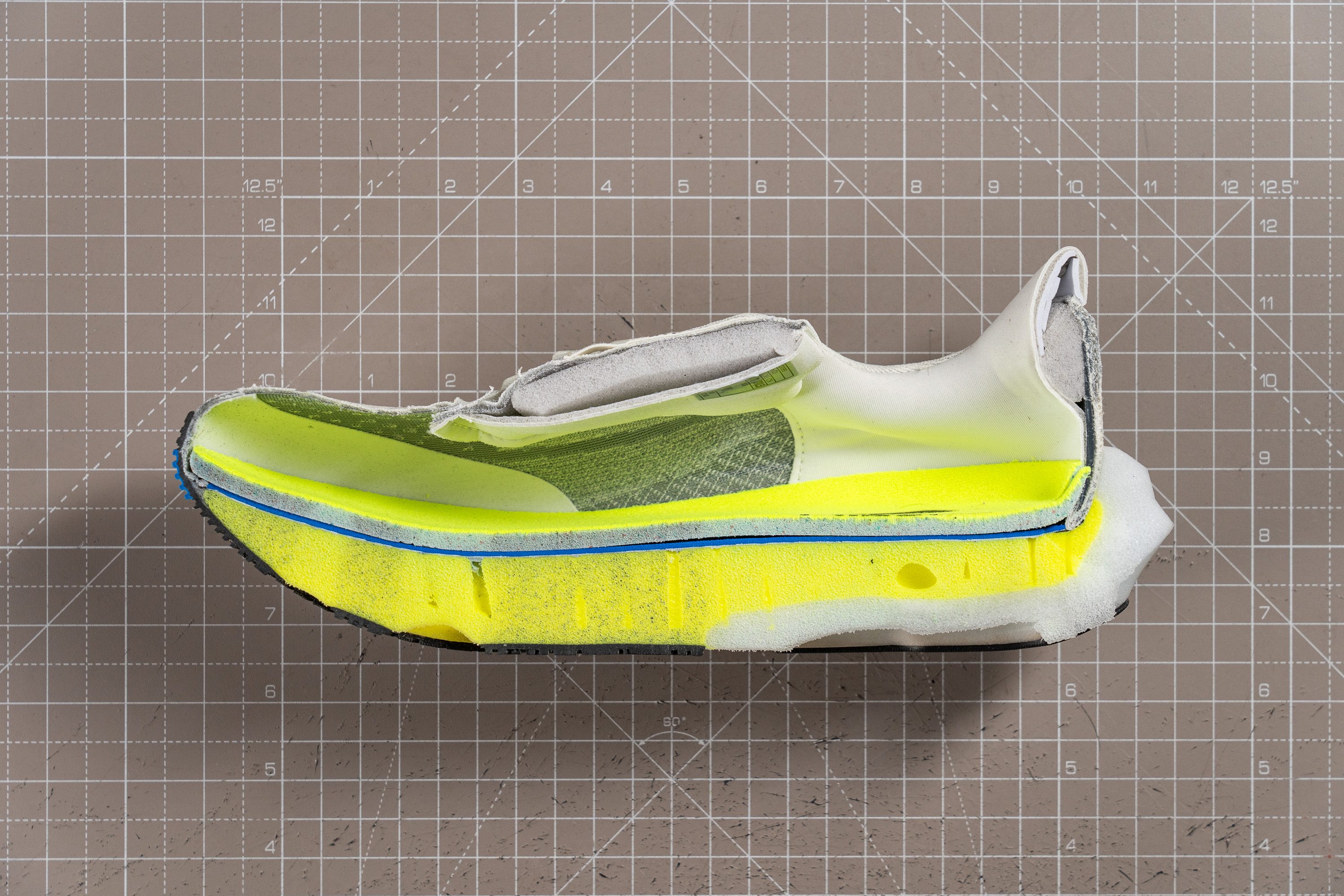
| Glycerin Max | 6.6 mm |
| Average | 8.6 mm |
Midsole softness
First, we tested the yellow section of DNA Tuned, which supports the forefoot, midfoot, and half of the heel.
Our durometer registered a 19.9 HA score, aligning with our running experience—the shoe feels really plush and compliant thanks to its towering stack height but stops short of the ultra-soft feel seen in models like the New Balance Fresh Foam X More v5.
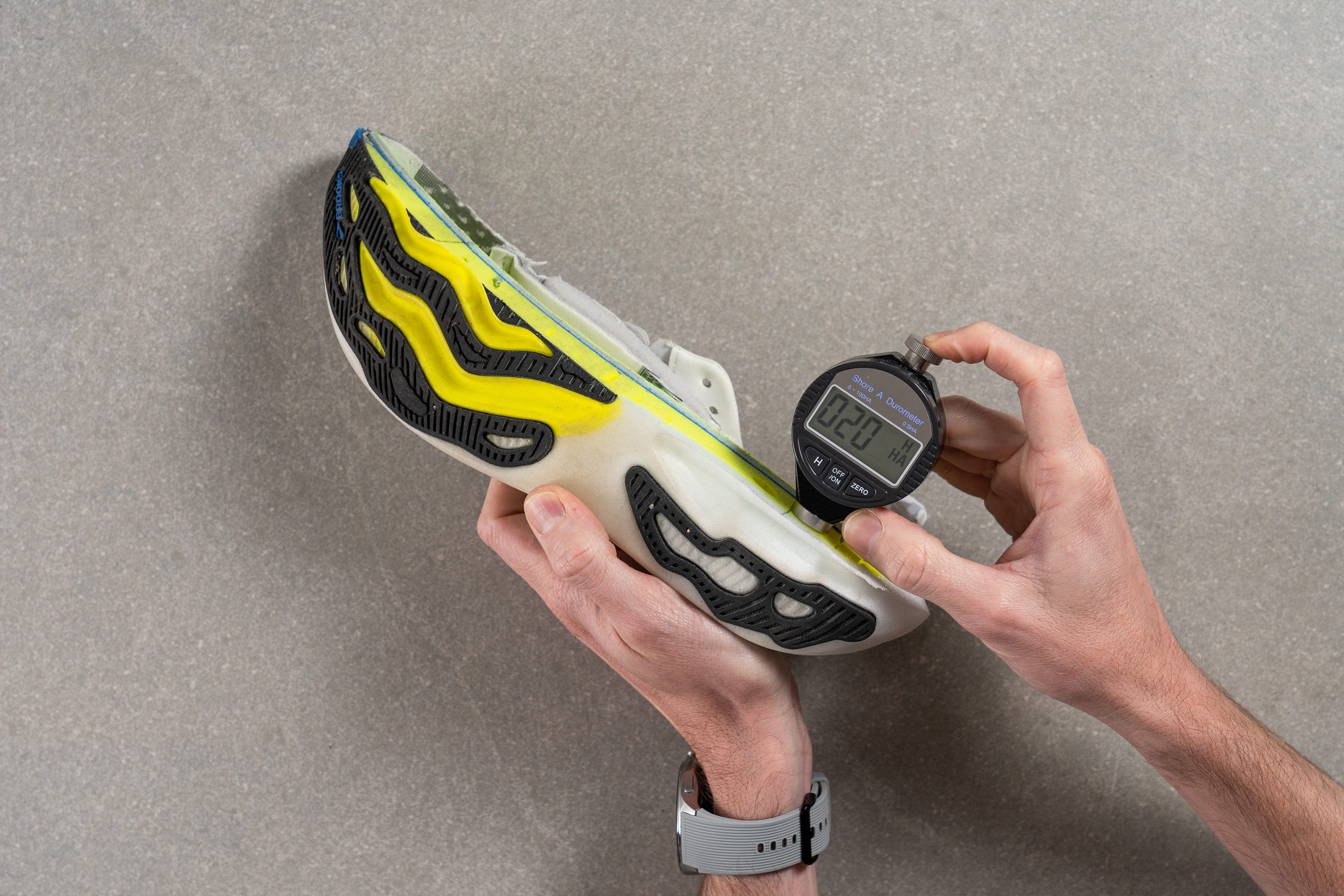
| Glycerin Max | 19.9 HA |
| Average | 20.4 HA |
Secondary foam softness
We took a second measurement in the white section of DNA Tuned, which sits in half of the heel and is especially noticeable for rearfoot strikers. Interestingly, it came back with the exact same durometer reading—19.9 HA—yet feels remarkably softer than the forefoot while running.
Why? It’s all about the foam structure. As we showed in the microscope images, despite identical softness, the foam cells in the white section are broader and more open, allowing them to absorb impact effectively but without bouncing back as quickly.
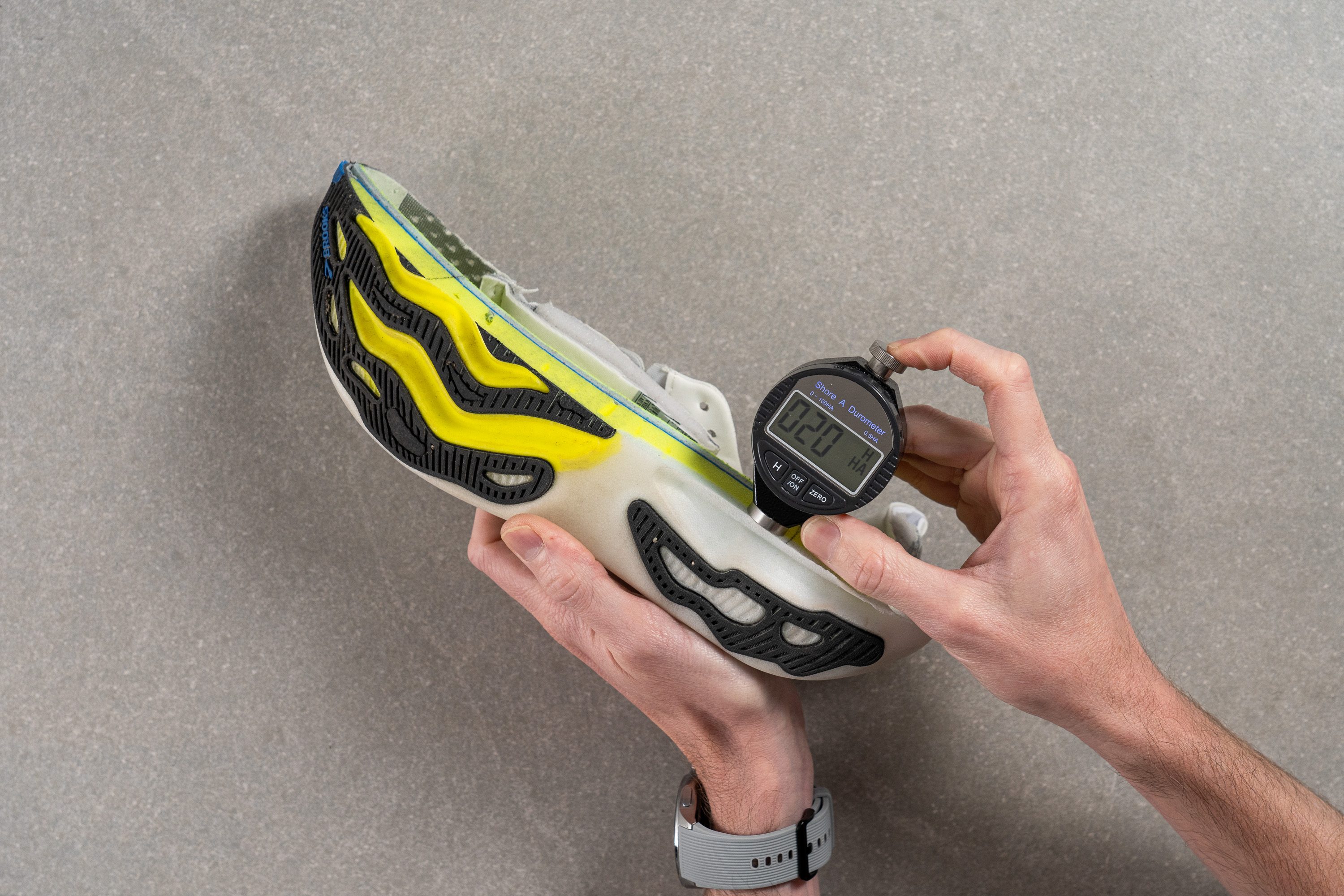
| Glycerin Max | 19.9 HA |
| Average | 22.7 HA |
Rocker
Brands understand that a running shoe with over 40 mm of stack height requires a pronounced toe rocker, and the Glycerin Max delivers on this front. We discovered that it rises up to an impressive 6 cm, easing transitions despite the midsole’s thick construction.
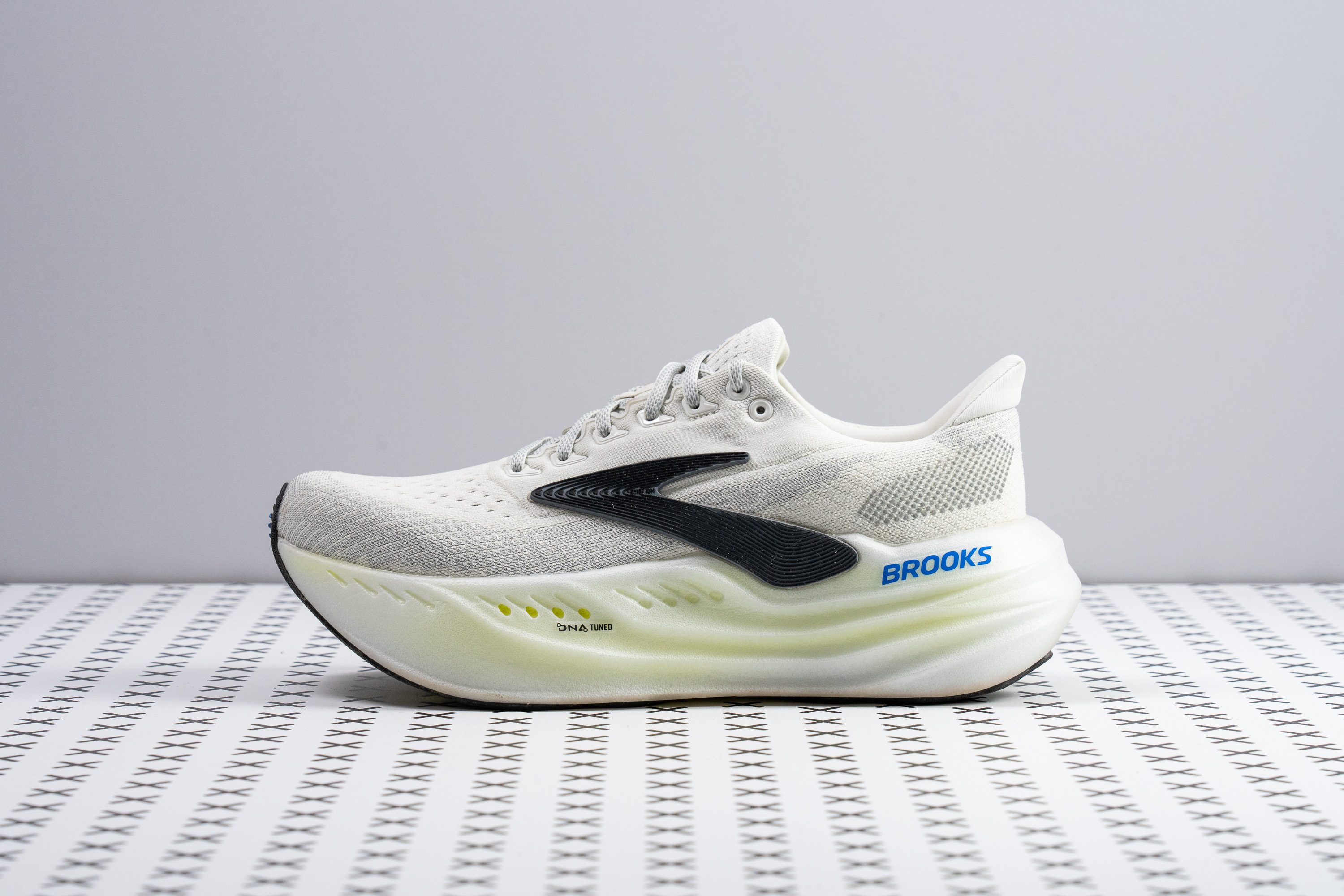
There's also a subtle heel bevel, though not as aggressive as in other maximalist designs like the Hoka Cielo X1. From our perspective, this shoe feels tailored to easy or slow paces, with Brooks carefully positioning it to avoid cannibalizing the sales of their Hyperion Max 2 performance trainer.
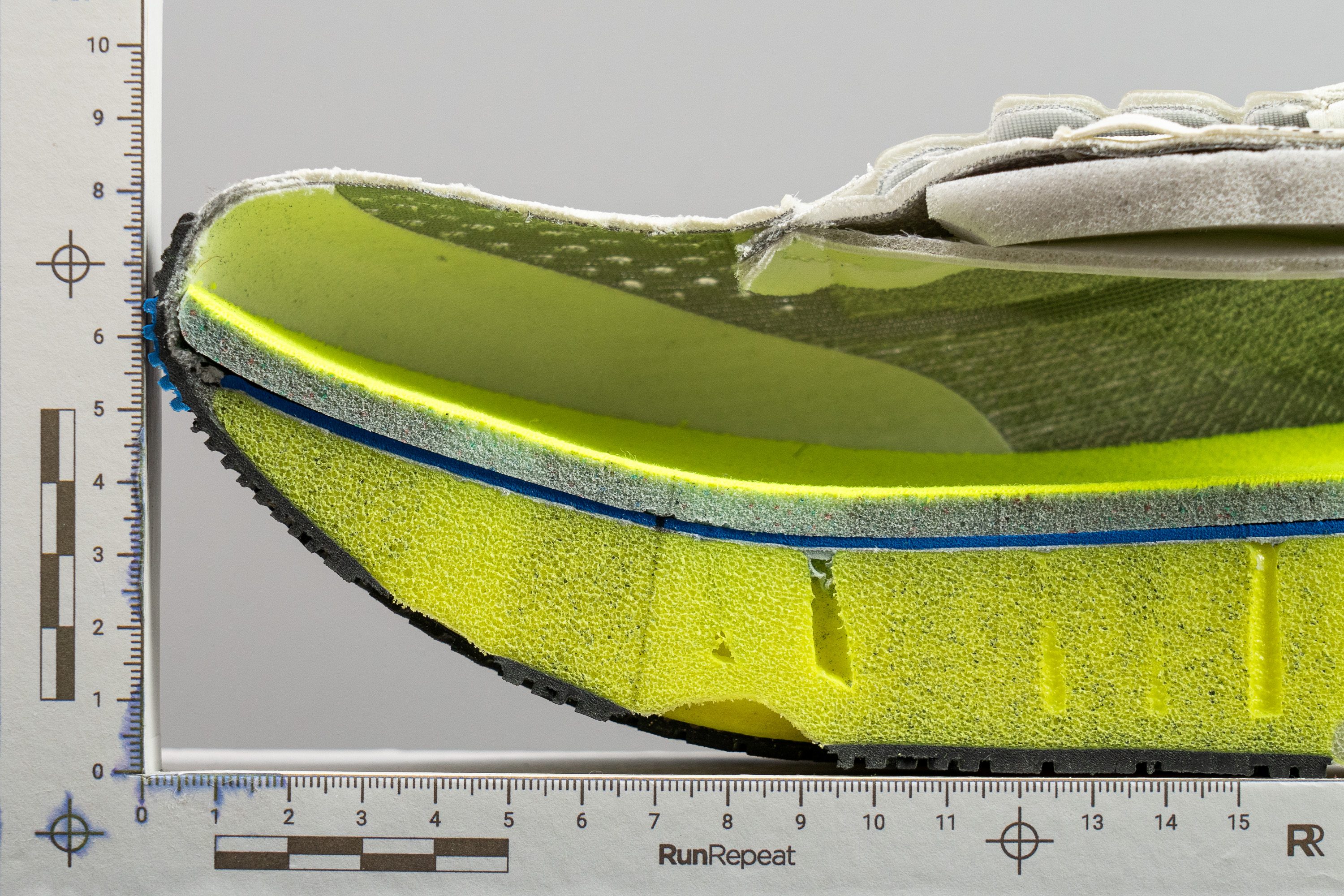
DNA Tuned
A standout feature of the Glycerin Max is its innovative foam, DNA Tuned, which introduces a world-first manufacturing process: a dual midsole merging two densities seamlessly into a single slab of foam.
Is this groundbreaking and will change the industry like PEBA? No, but it’s a nice advancement. Less glue translates to a more eco-friendly manufacturing process and fewer potential breaking points. While we’ve seen glued dual-foam setups, like in the On Cloudmonster Hyper, this marks the first time it's done glue-free in a running shoe.
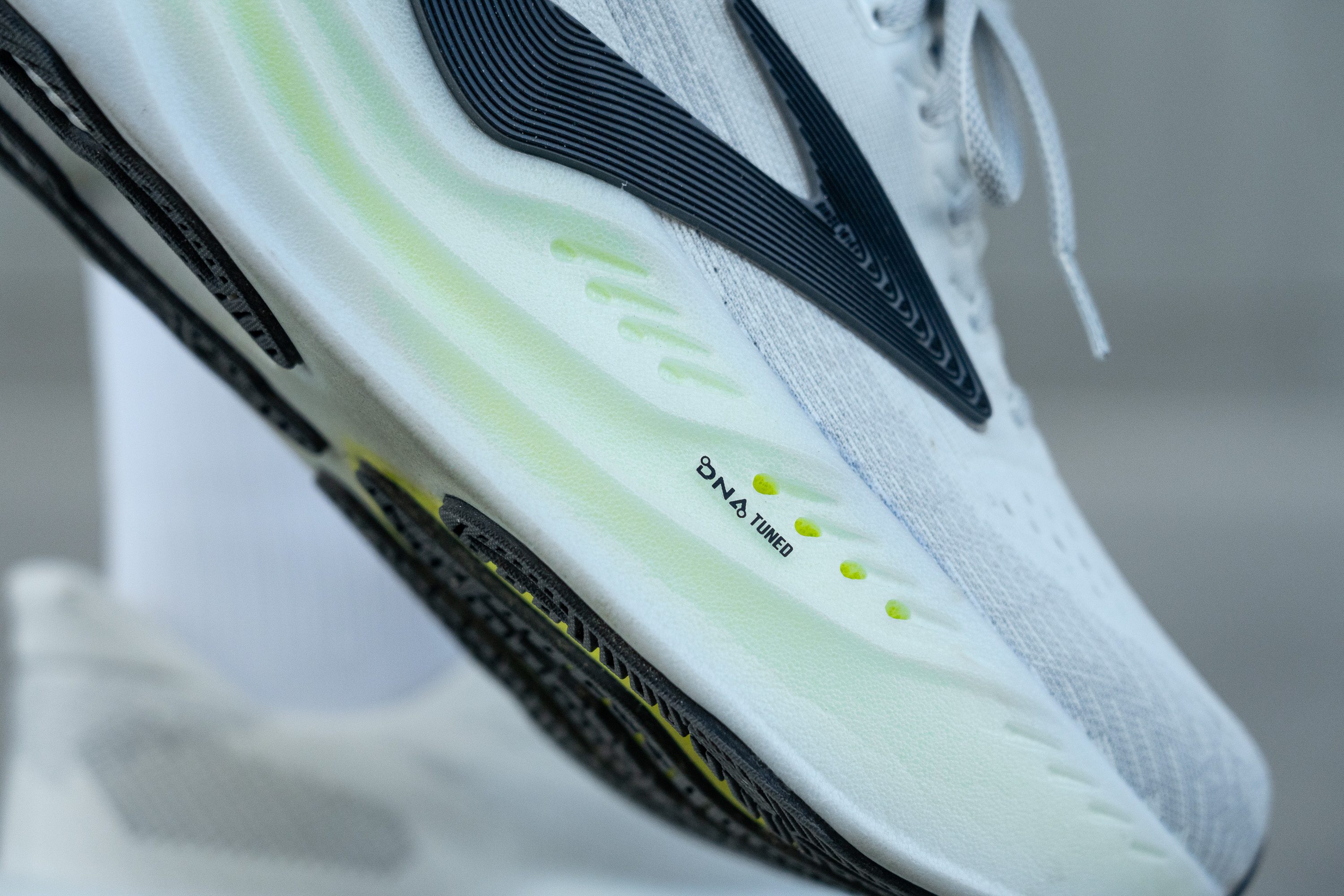
Naturally, we put DNA Tuned under our microscope! In the left image, the yellow foam (firmer) displays a denser cell network with thicker walls, offering a more reactive feel for faster toe-offs. On the right side, the white foam shows an airier, more uniform cell structure, creating a cushier feel under the heel.
These variations in cell thickness and arrangement highlight how the foam delivers a balanced blend of support and cushioning across different zones of the Glycerin Max.
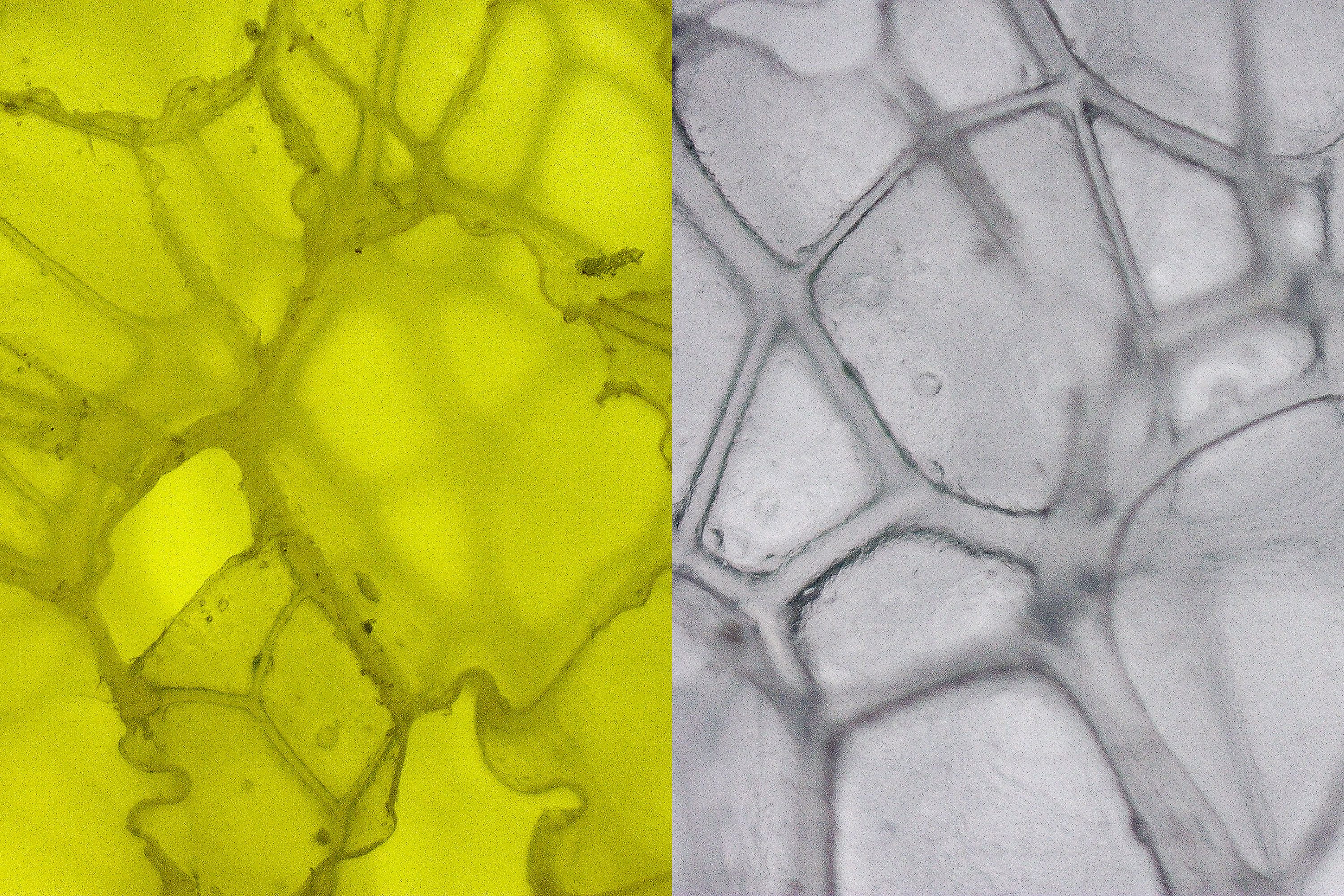
Size and fit
Size
Brooks Glycerin Max fits true to size (142 votes).
Width / Fit
One of the best aspects of maximalist running shoes is their generous build, which often translates to a more accommodating upper.
In our experience, the Glycerin Max follows suit, offering a fit that’s standard in width at 94.5 mm but feels roomy thanks to the stretchy mesh and the broader midfoot area.
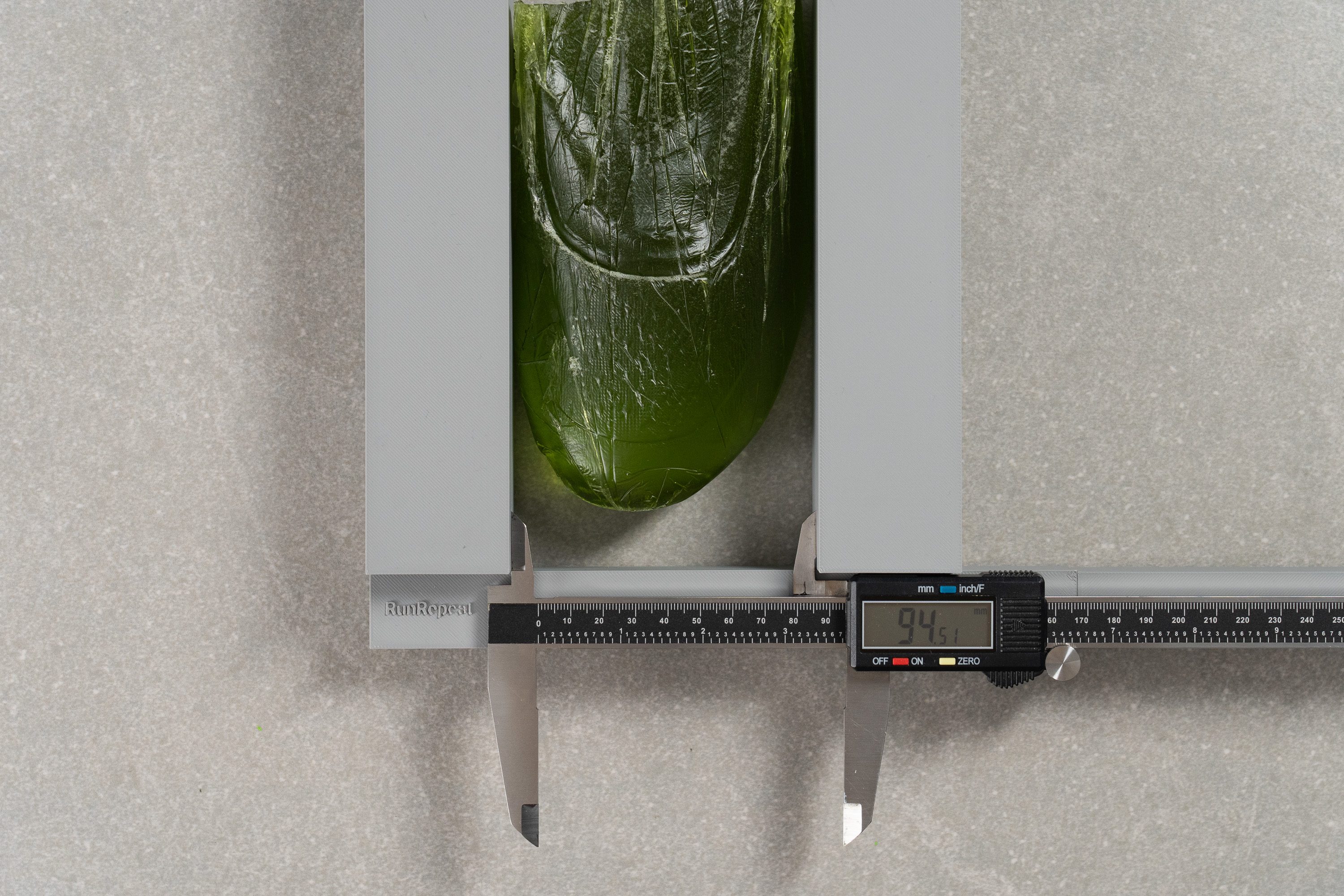
| Glycerin Max | 94.5 mm |
| Average | 95.1 mm |
Toebox width
We recorded a second measurement in the big toe area at 74.3 mm, which helps explain why the fit feels roomier than expected. Fortunately, it’s not one of those super-tapered toeboxes from Brooks!
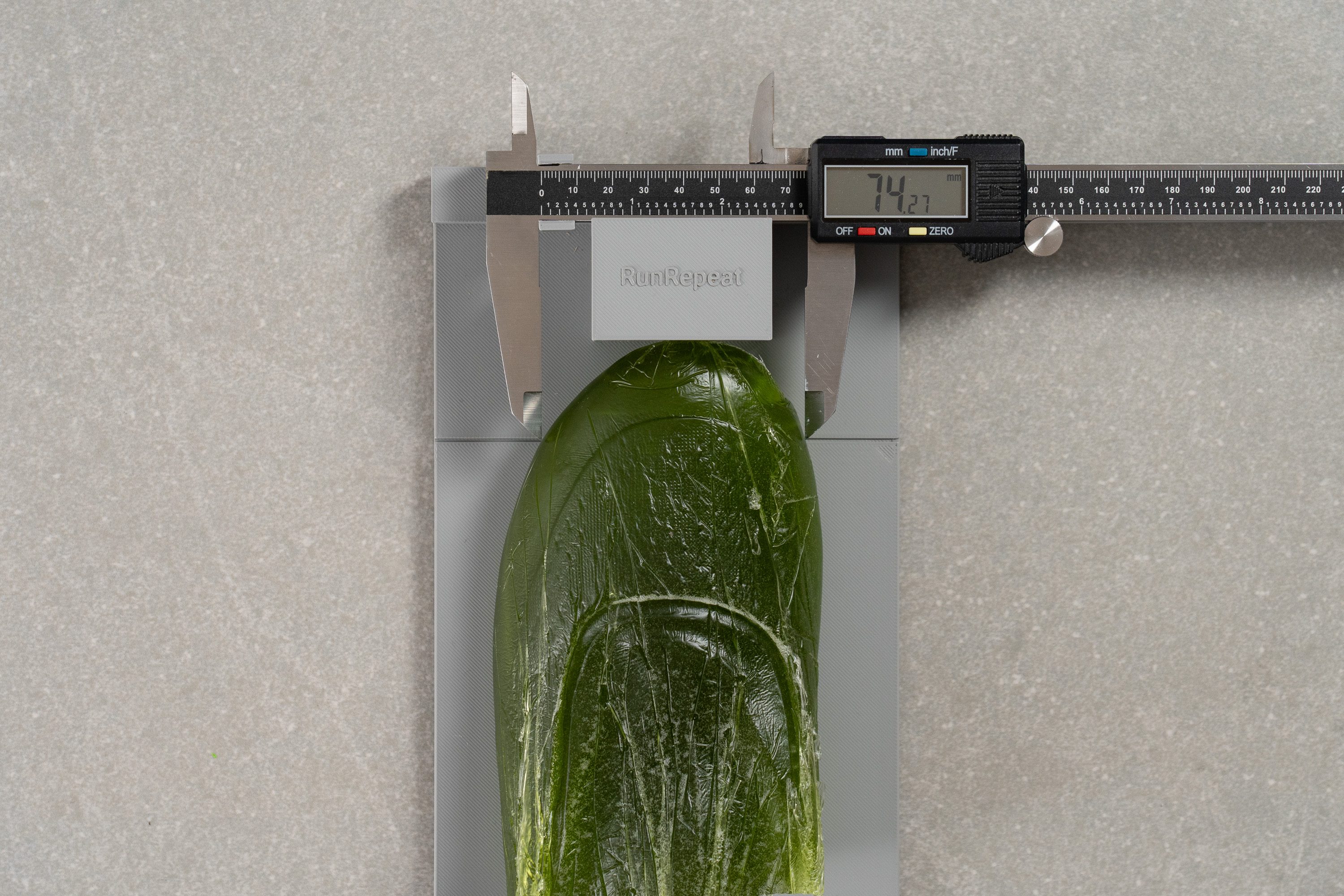
| Glycerin Max | 74.3 mm |
| Average | 73.3 mm |
Toebox height
After our third measurement of 28.8 mm, we’re convinced that the Glycerin Max lives up to its name in the toebox height department, offering significantly more vertical space than most shoes we’ve tested in the lab.
Paired with the ultra-plush engineered mesh, it's an excellent choice for runners who need freedom for vertical toe movement.
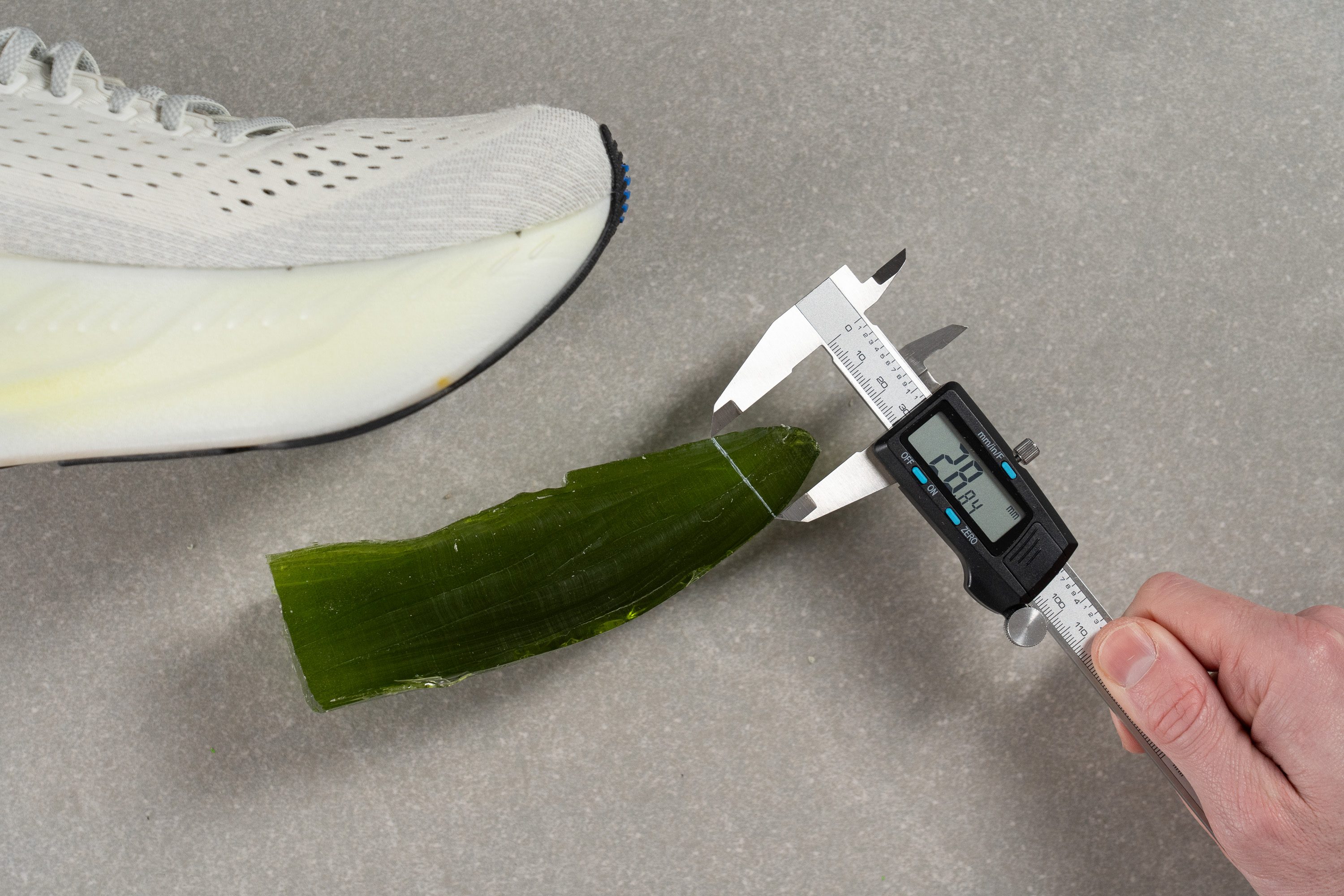
| Glycerin Max | 28.8 mm |
| Average | 27.1 mm |
Flexibility / Stiffness
One of the main challenges with maximalist running shoes is the increased longitudinal stiffness from all that foam underfoot. This stiffness can make them less ideal for easy runs or just casual use as a sneaker.
In our 30-degree bend test, the Glycerin Max scored 18.3N, a decent outcome. While it’s not very flexible, this is surprisingly good for a shoe with over 40 mm in the heel. We think this level of flexibility, combined with the absence of a stabilizing plate, makes it suitable for everyday wear in many cases.
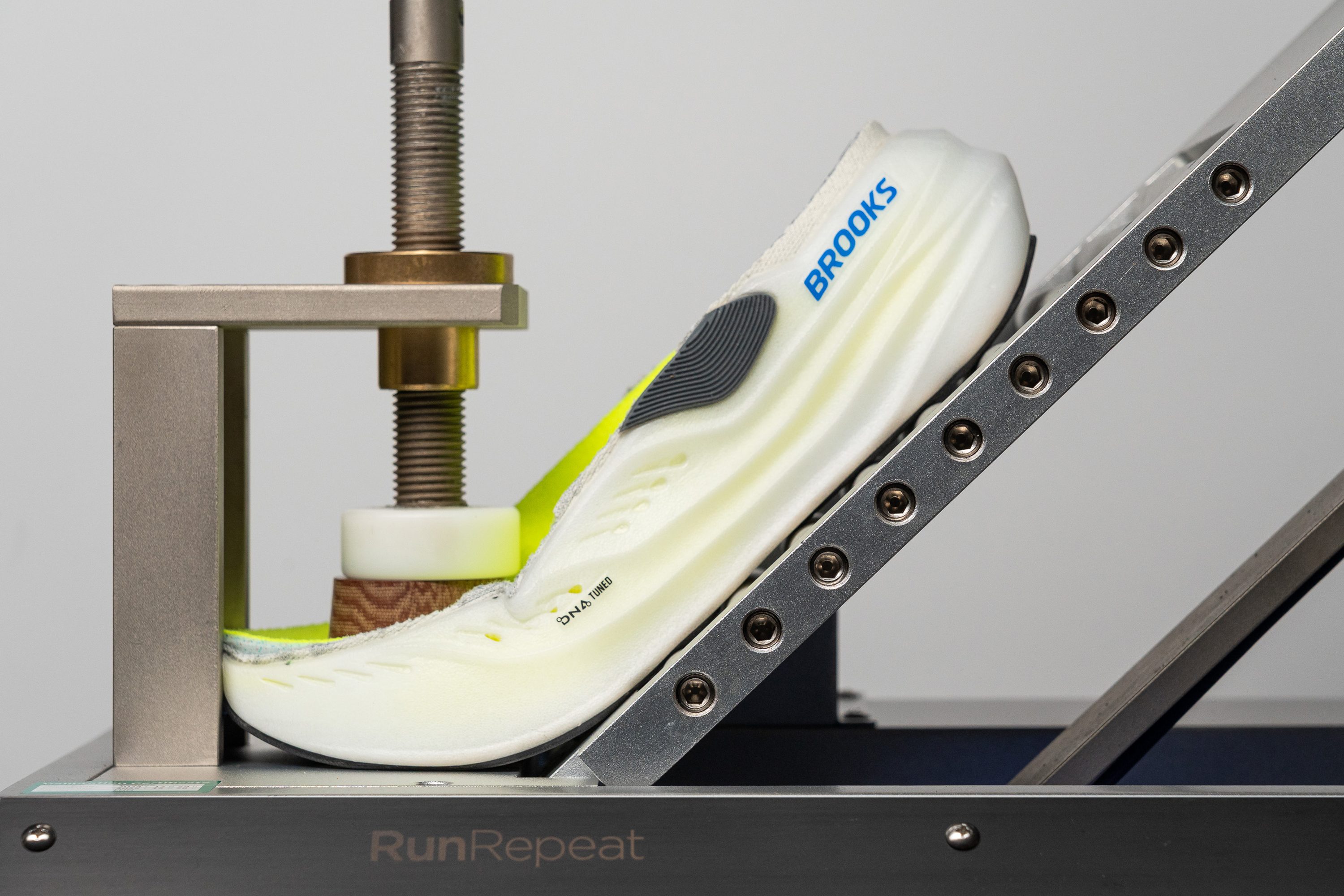
| Glycerin Max | 18.3N |
| Average | 15.3N |
Weight
In our view, the Glycerin Max’s weight is one of its weakest aspects. While we concede that it boasts generous cushioning underfoot and a plush, ultra-padded upper, we think 10.8 oz feels slightly excessive for a premium-priced shoe.
This weight, however, isn’t a deal-breaker for daily training runs, especially if comfort is your priority. But for speed work or fast-paced work, we found that the shoe’s bulk becomes noticeable. It feels heavy, it looks heavy, and on our scale, it absolutely is.
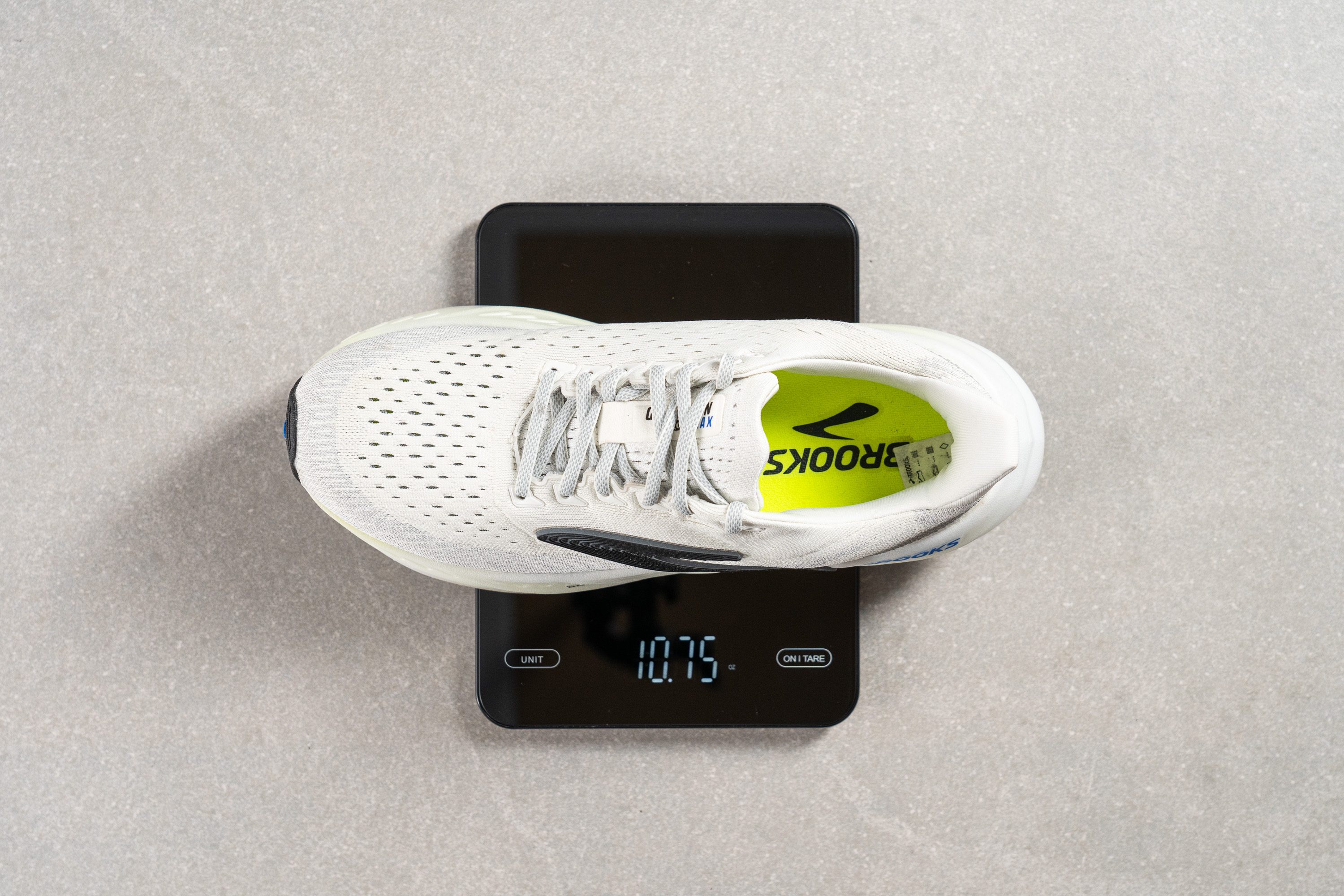
| Glycerin Max | 10.8 oz (305g) |
| Average | 9.3 oz (264g) |
Breathability
Brooks took its time entering the maximalist running shoe market, but its debut in the maximalist category comes with an outstanding upper on the first try.
The engineered mesh offers a blissful blend of comfort and ventilation. Made from three layers, we initially worried it might trap heat, but our tests with the smoke machine confirmed superb ventilation in the toebox area.
Using a LED flashlight, we found that airflow is primarily concentrated in the toebox, while side areas are reinforced to handle lateral forces—a smart choice given the towering stack height.
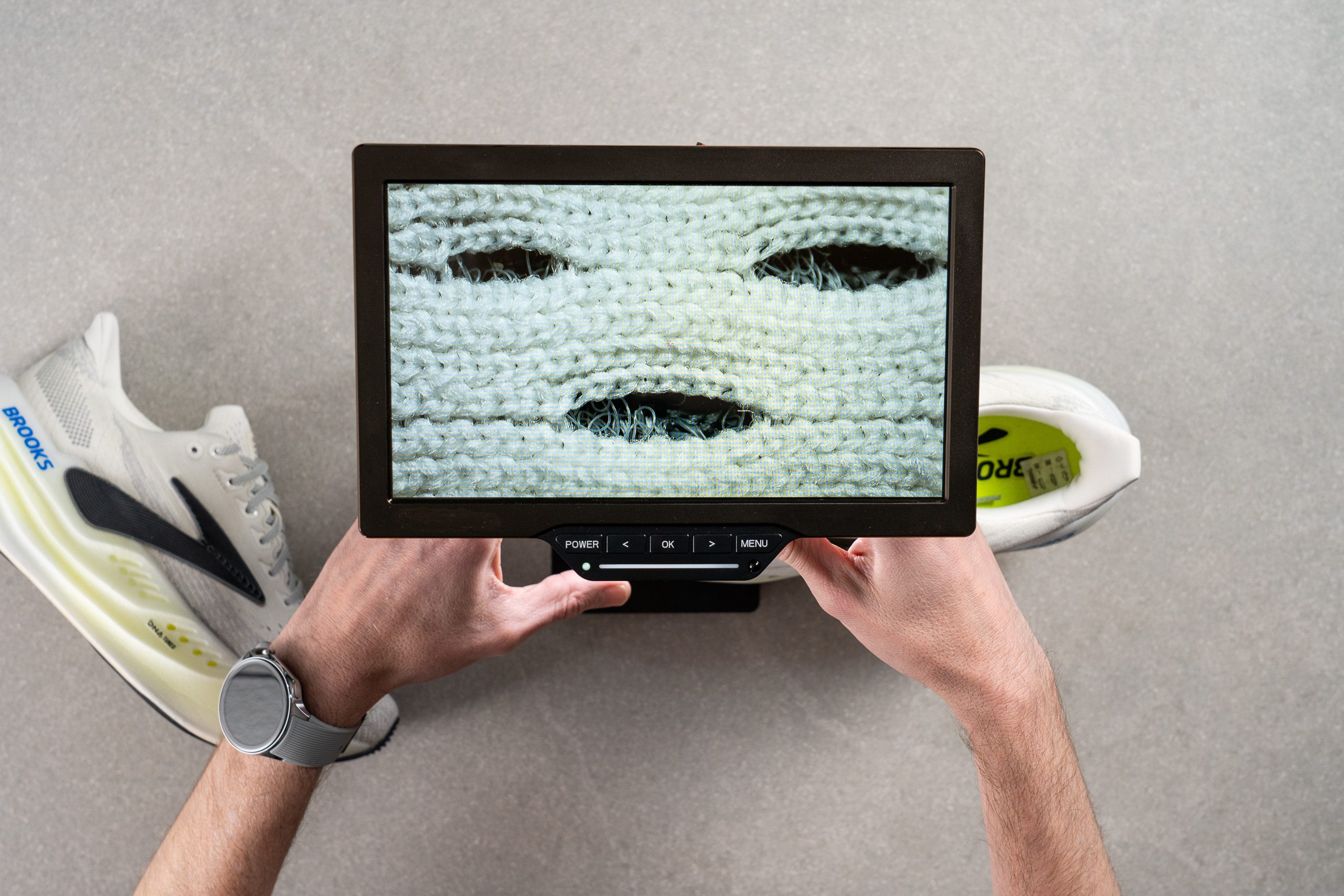
The toebox’s large ventilation holes are crafted with impressive precision. Examining them up close with a microscope, we saw the meticulous design that ensures maximum breathability.
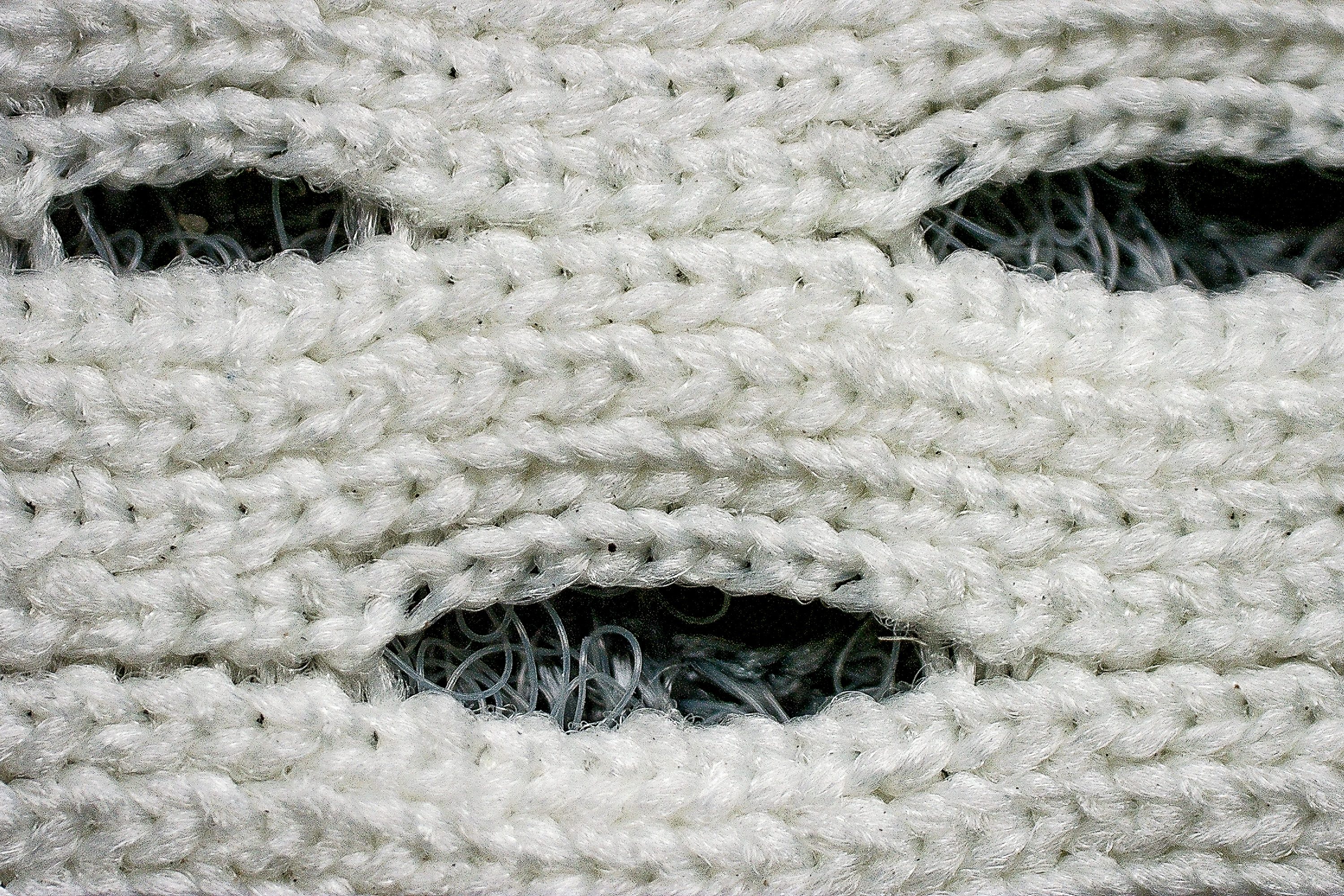
The engineered mesh is also notably stretchy, enhancing both comfort and spaciousness.
In our experience, the luxurious padding in the tongue and heel, though perhaps a bit excessive, combines with the airy mesh to make this one of the best uppers we’ve seen in the game.
| Glycerin Max | 5 |
| Average | 3.7 |
Stability
Lateral stability test
With an enormous, towering stack height, it’s natural to wonder—is this shoe stable at all?
Surprisingly, it is! In our experience, this reflects a growing trend in maximalist shoes and supertrainers, where brands incorporate subtle stability features like sidewalls or sole flares. This approach often makes these shoes even more stable than average daily trainers, which seems...crazy!
Torsional rigidity
Some maximalist shoes rely on a Pebax or carbon plate for stability, but Brooks took a different approach. From a comfort perspective, we appreciate this choice—being plateless enhances the cushioned, plush feel, especially at slower paces. We awarded it a 4/5 for torsional rigidity.
| Glycerin Max | 4 |
| Average | 3.5 |
Heel counter stiffness
We found the heel counter to be ultra-comfortable, with thick padding providing plush support around the area, and it surprised us with its flexibility—scoring a 3/5. In our experience, it’s not as firm as most maximalist shoes, which often rely on stiff counters for added stability.
| Glycerin Max | 3 |
| Average | 2.9 |
Midsole width - forefoot
The forefoot measures slightly wider than a regular Glycerin at 118.8 mm, and we think going any broader would have been overkill.
This width is enough for neutral forefoot and midfoot strikers, especially given the shoe’s already substantial weight.
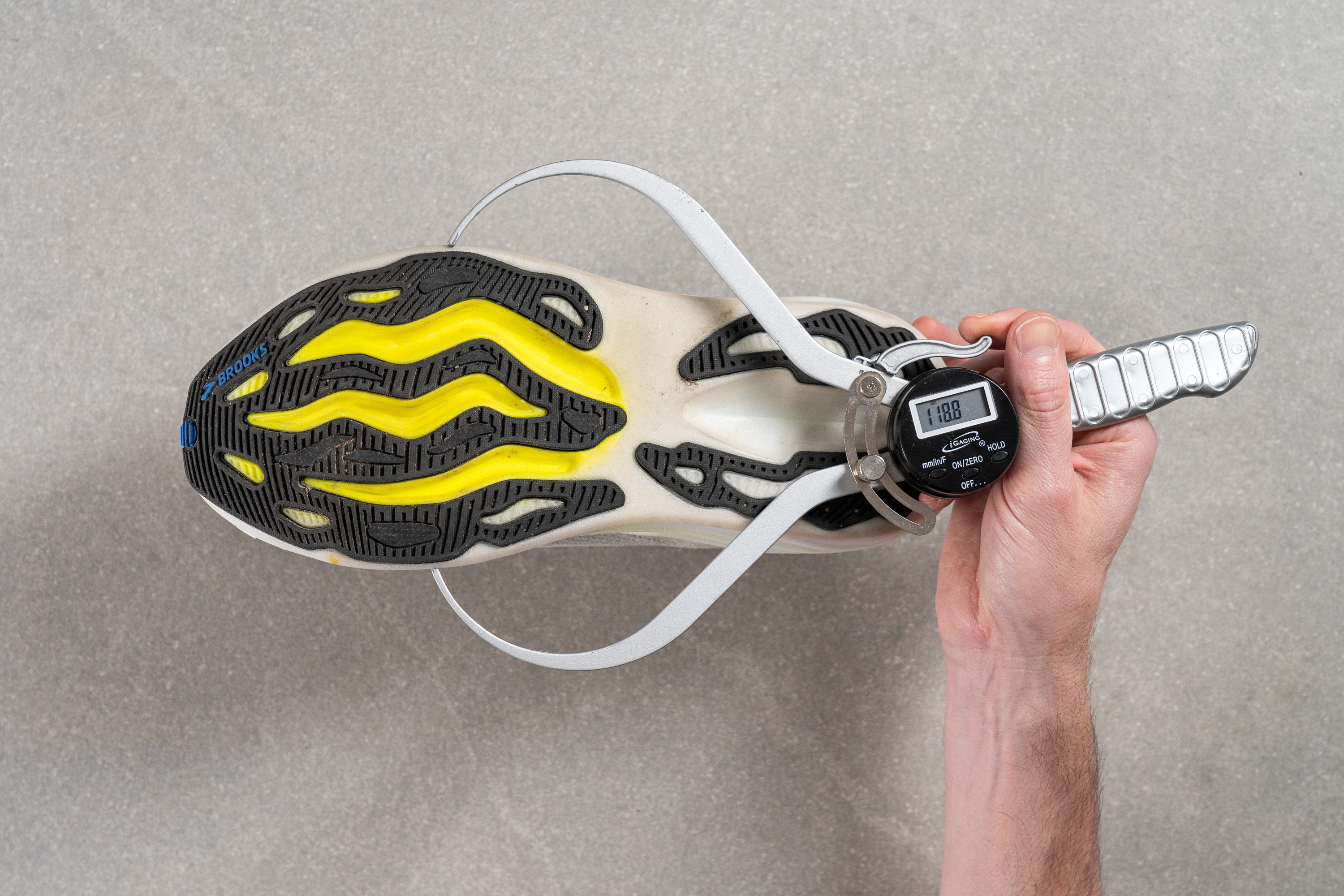
| Glycerin Max | 118.8 mm |
| Average | 114.4 mm |
Midsole width - heel
The heel measurement surprised us. Coming in at just 90.8 mm, it’s narrower than it looks and feels!
This design choice is offset by an extremely wide midfoot—comparable to what we’d find in stability shoes. In our experience as neutral runners, the heel provided ample support, but we believe this shoe may not be the best choice for those with stability concerns plus a heel-striking technique.
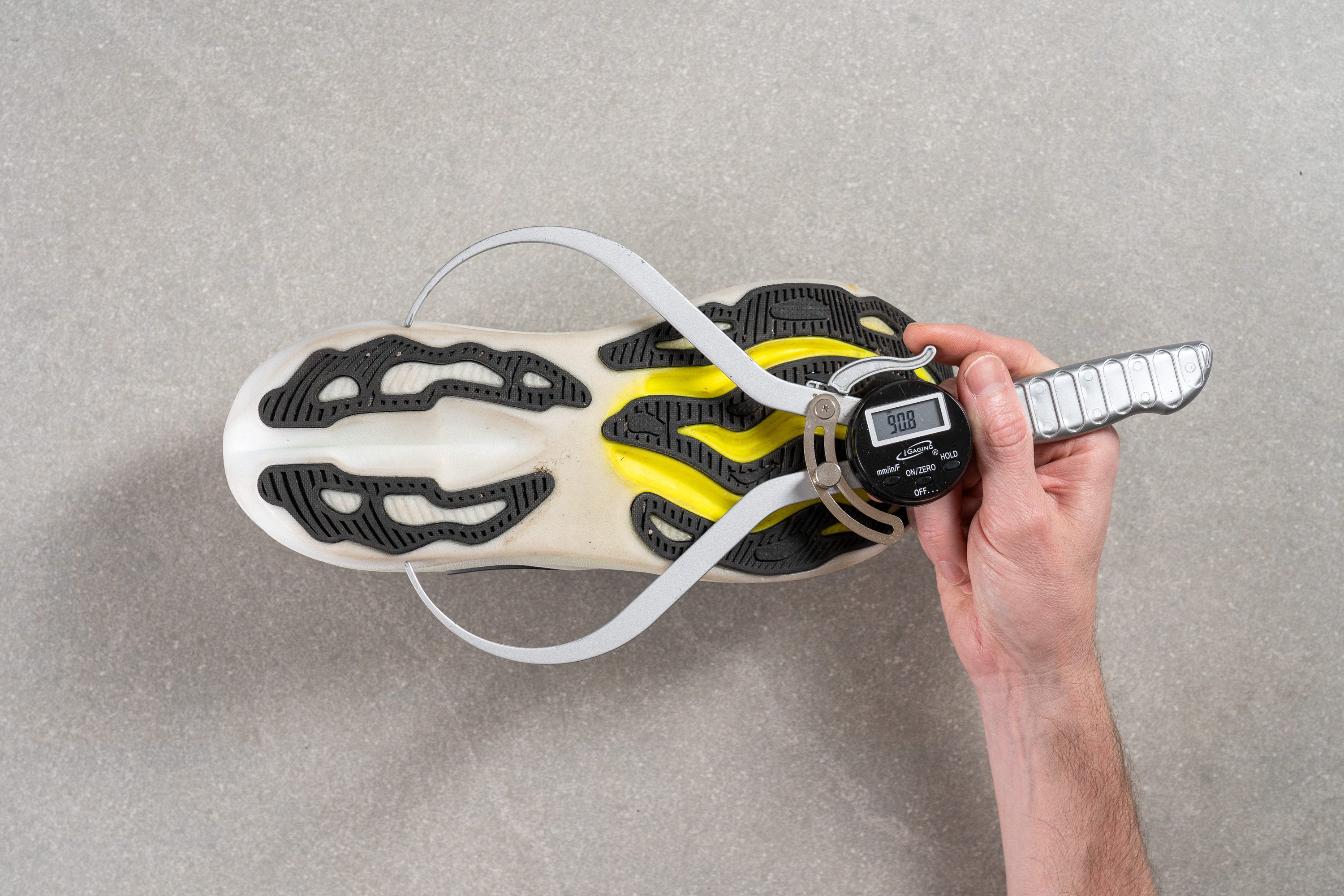
| Glycerin Max | 90.8 mm |
| Average | 90.7 mm |
Durability
Toebox durability
A premium upper should excel in both ventilation and durability, so we put the Glycerin Max to the test with our Dremel.
After testing, we found a solid 3/5 durability rating, which we believe is impressive for such a comfort-focused upper. This result is possible due to the triple-layer construction we observed earlier.
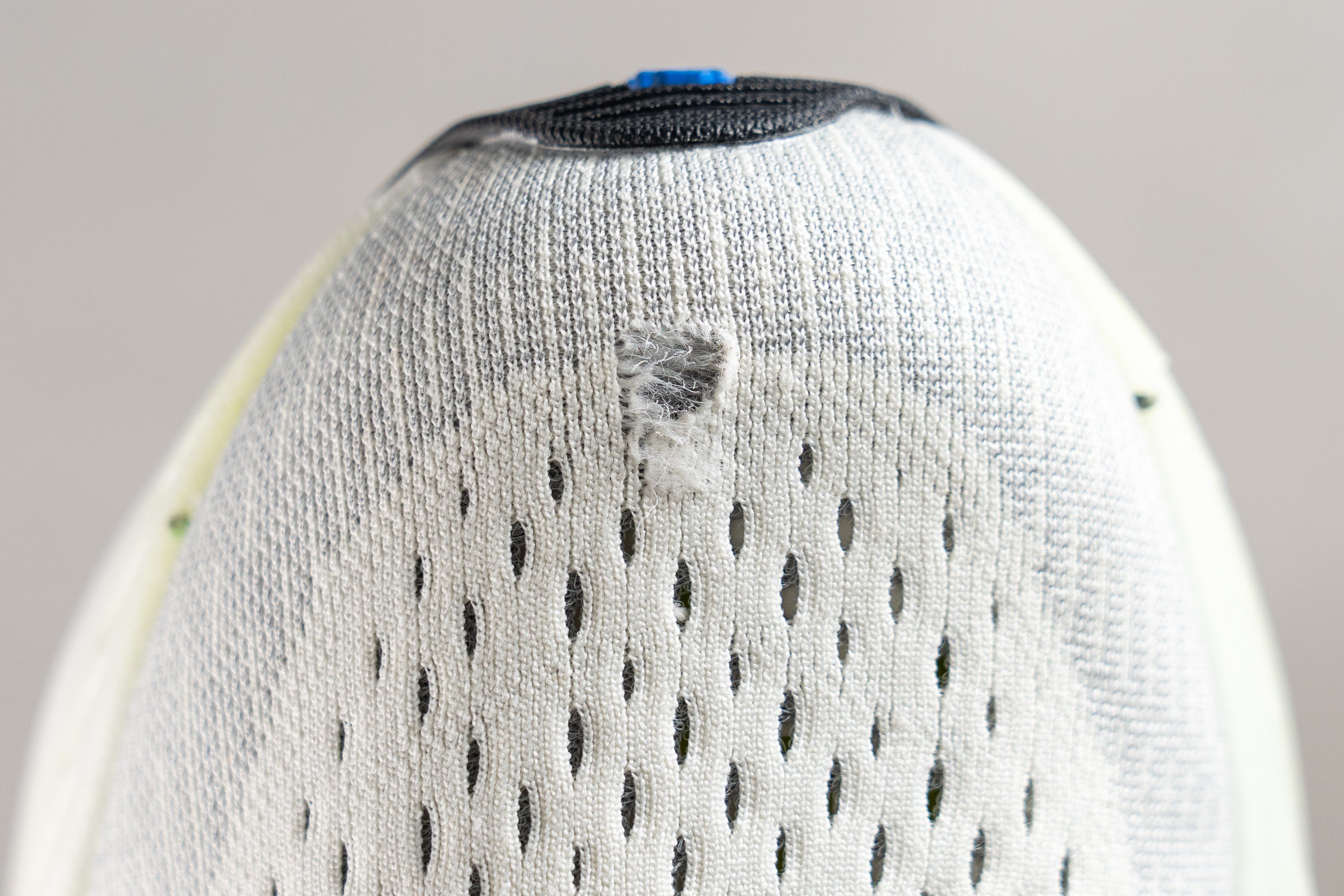
| Glycerin Max | 3 |
| Average | 2.6 |
Heel padding durability
The heel area impressed us with tons of padding, not bad for a feature that often raises durability concerns here in the lab.
However, in our tests, we found that Brooks excelled here by incorporating a protective lining that reinforces the heel. This smart design achieved a strong 4 out of 5 durability rating—a truly solid score in our view.
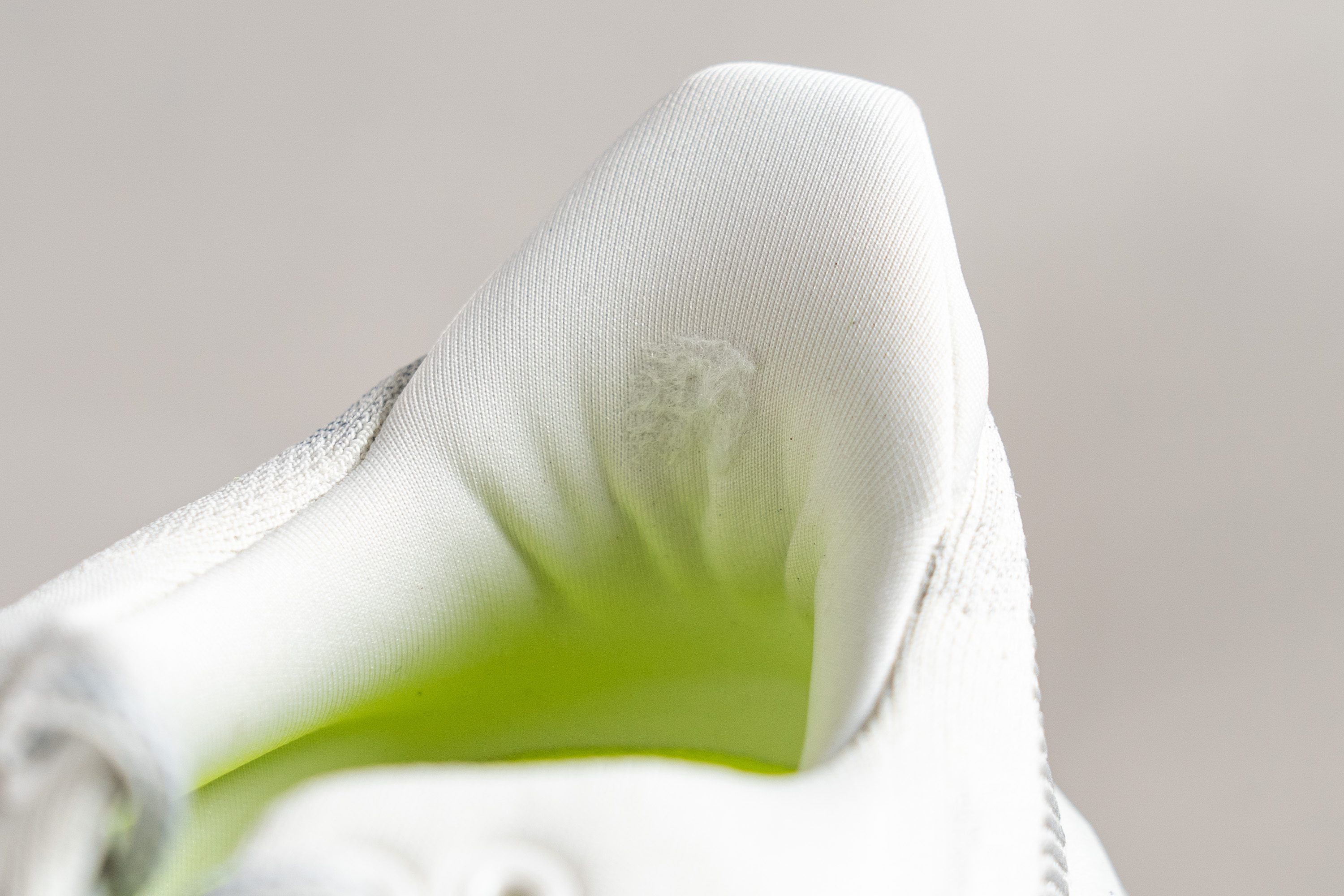
| Glycerin Max | 4 |
| Average | 3.4 |
Outsole hardness
To understand Brooks’ choice of a softer rubber (69.0 HC) in the outsole, we need to consider its unique design.
The outsole has a significant amount of exposed foam and relatively limited rubber coverage, making a grippy compound essential due to the reduced ground contact points. In simpler terms—less rubber touching the ground demands higher traction from what’s there.
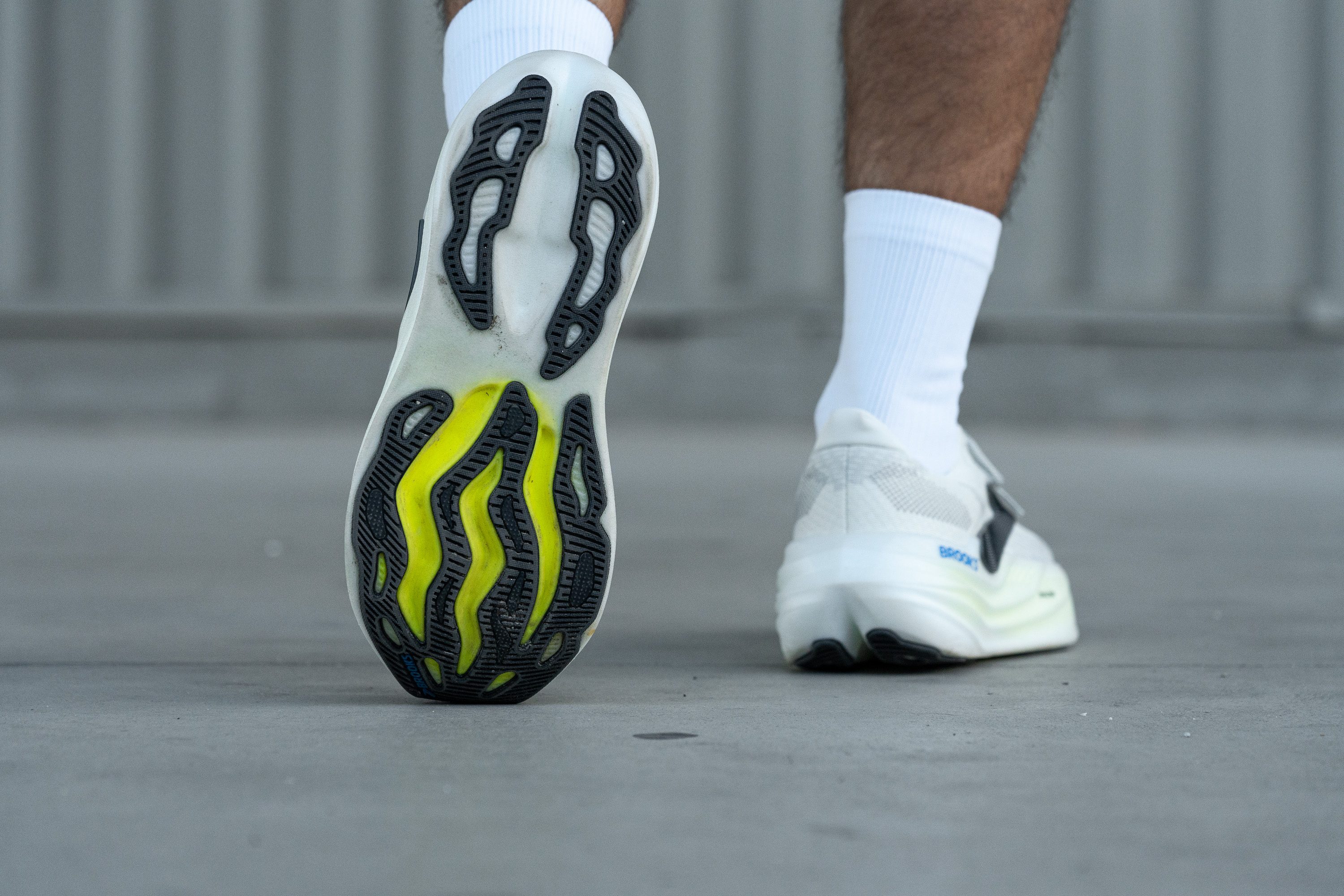
Why did Brooks opt for this minimalist approach? From our perspective, it’s all about weight savings. The shoe already carries substantial heft, so full-contact outsole wasn’t an option.

| Glycerin Max | 69.0 HC |
| Average | 79.2 HC |
Outsole durability
When it comes to outsole durability, the Glycerin Max definitely raised eyebrows in the lab. As we showed before, there's minimal rubber covering the midsole, and that could be an issue.
After testing with the Dremel, we found a 1.2 mm dent, which, to be honest, left us a bit uneasy. In most shoes, we’d say, “Oh, it’s fine!” but with so little rubber touching the ground here, we hoped for a bit more resilience.
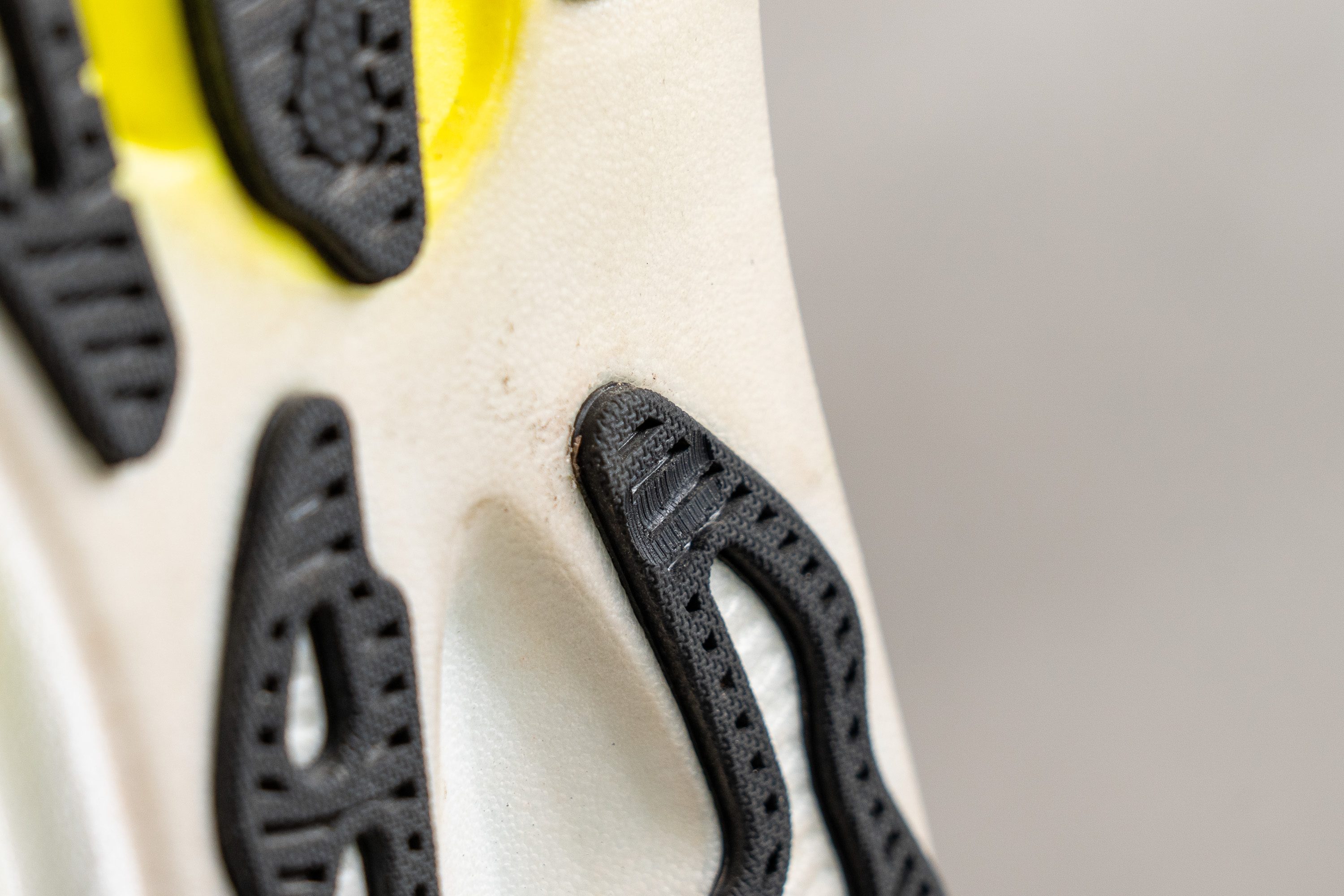
| Glycerin Max | 1.2 mm |
| Average | 1.1 mm |
Outsole thickness
Fortunately, we measured a 3.1 mm thickness, which helps offset the limited rubber coverage and should provide adequate durability. However, don’t expect this outsole to last forever—it leans more toward the opposite!

| Glycerin Max | 3.1 mm |
| Average | 3.2 mm |
Misc
Insole thickness
After checking the midsole with our calipers, we turned our focus to the insole. We found a recycled EVA footbed, measuring 6.0 mm thick, adding a soft, eco-friendly layer of cushioning directly underfoot as the first point of contact.

| Glycerin Max | 6.0 mm |
| Average | 4.5 mm |
Removable insole
The insole is removable, as it’s not glued to the last. However, it’s not a typical design—it features a flared heel for a sink-in feel, which may slightly reduce stability if you choose to replace it.
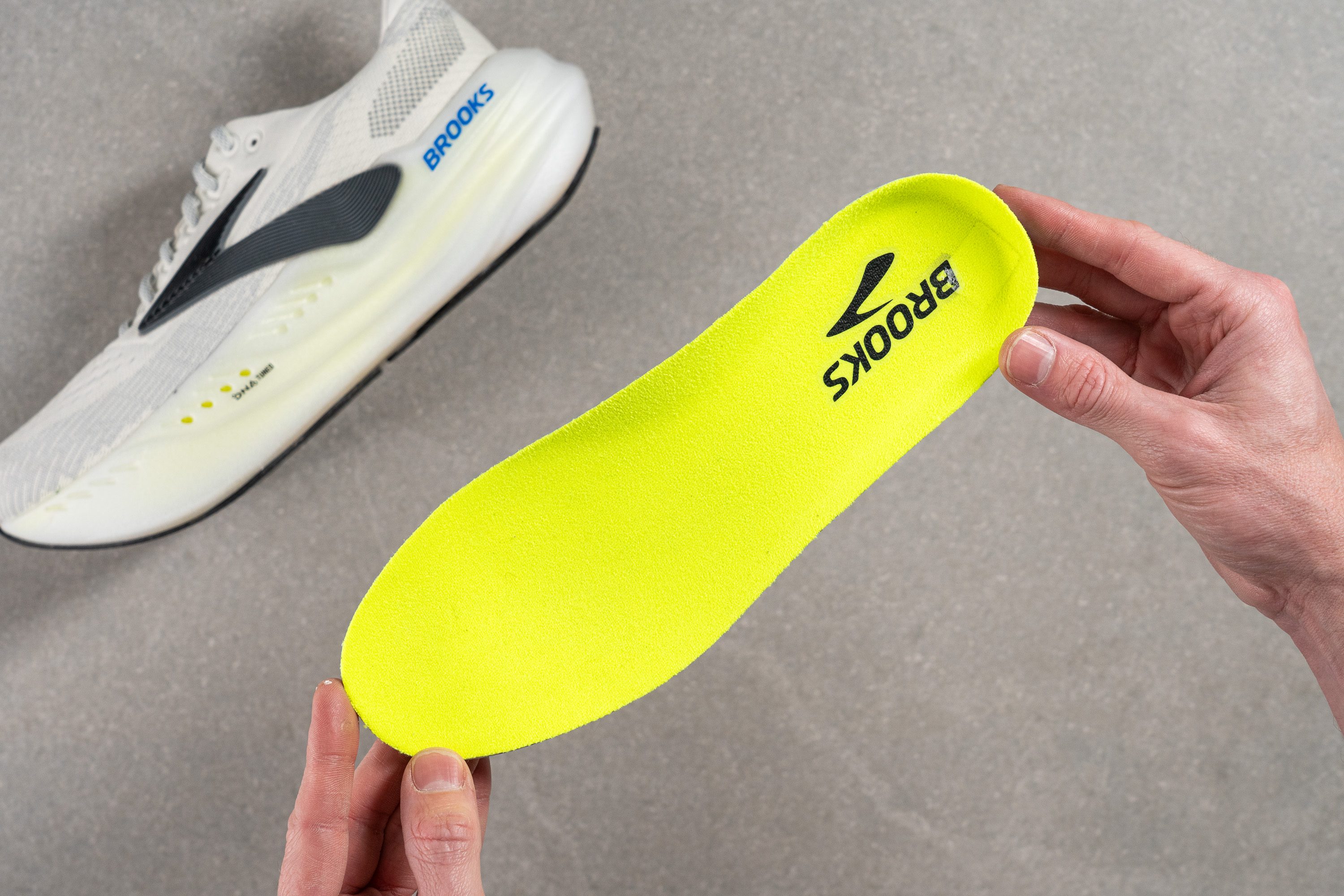
| Glycerin Max | Yes |
Midsole softness in cold (%)
To assess the Glycerin Max's performance in extreme cold, we tested it by placing the shoe in a freezer for 20 minutes next to our pistachio ice creams before re-evaluating it. Following the freeze, we observed a 17% change—quite impressive for an EVA-based midsole.
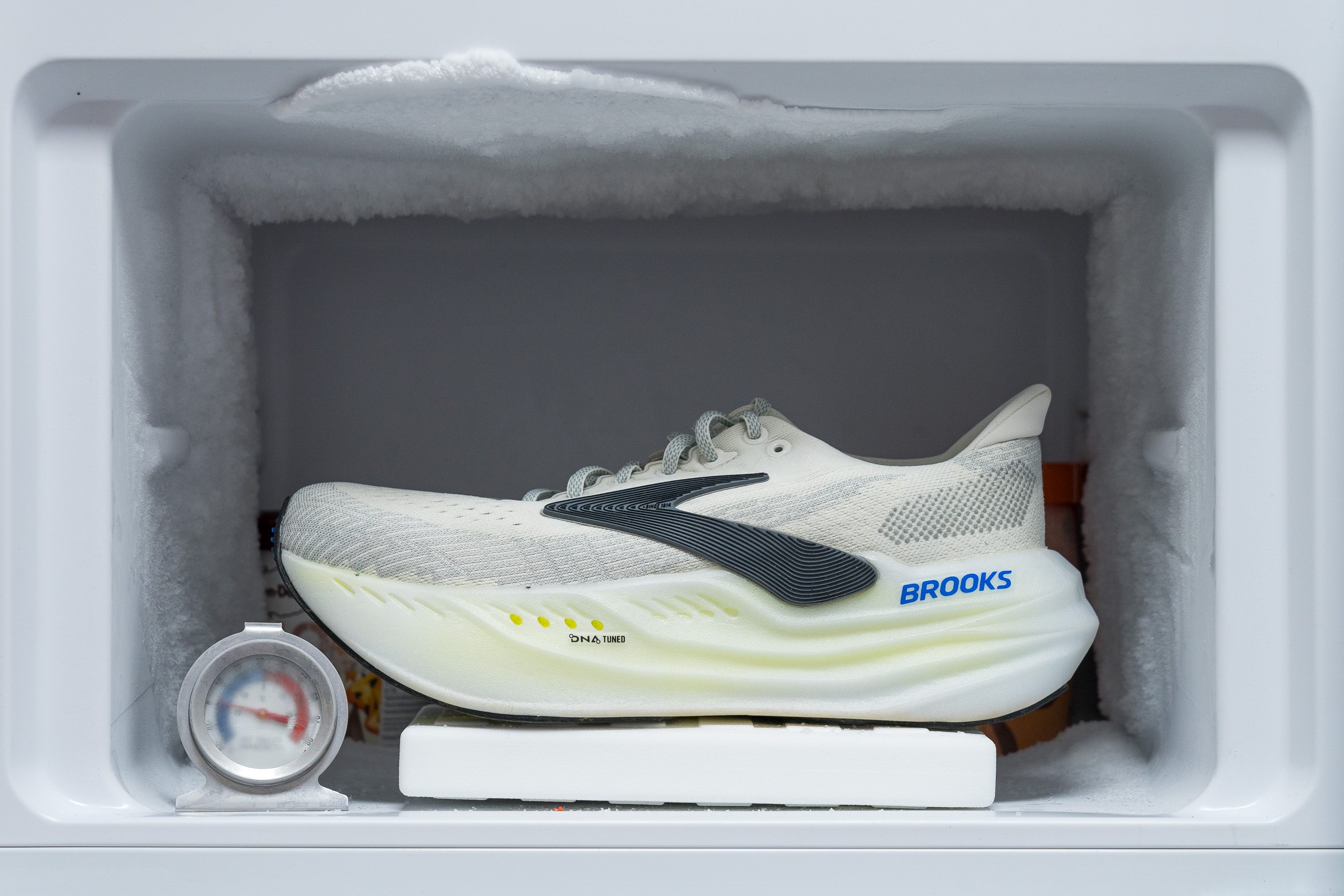
| Glycerin Max | 17% |
| Average | 24% |
Reflective elements
We were delighted to find reflective elements incorporated into the Glycerin Max—an excellent addition, especially considering Brooks has left this feature out of other recent top-tier trainers like the Ghost Max 2.
| Glycerin Max | Yes |
Tongue padding
While the 14.0 mm single-slab foam cushioning provides outstanding comfort, we found the tongue to be a major letdown. Despite its pillow-like thickness and loop, it still shifts around noticeably, which it's again unacceptable in a $200 shoe.
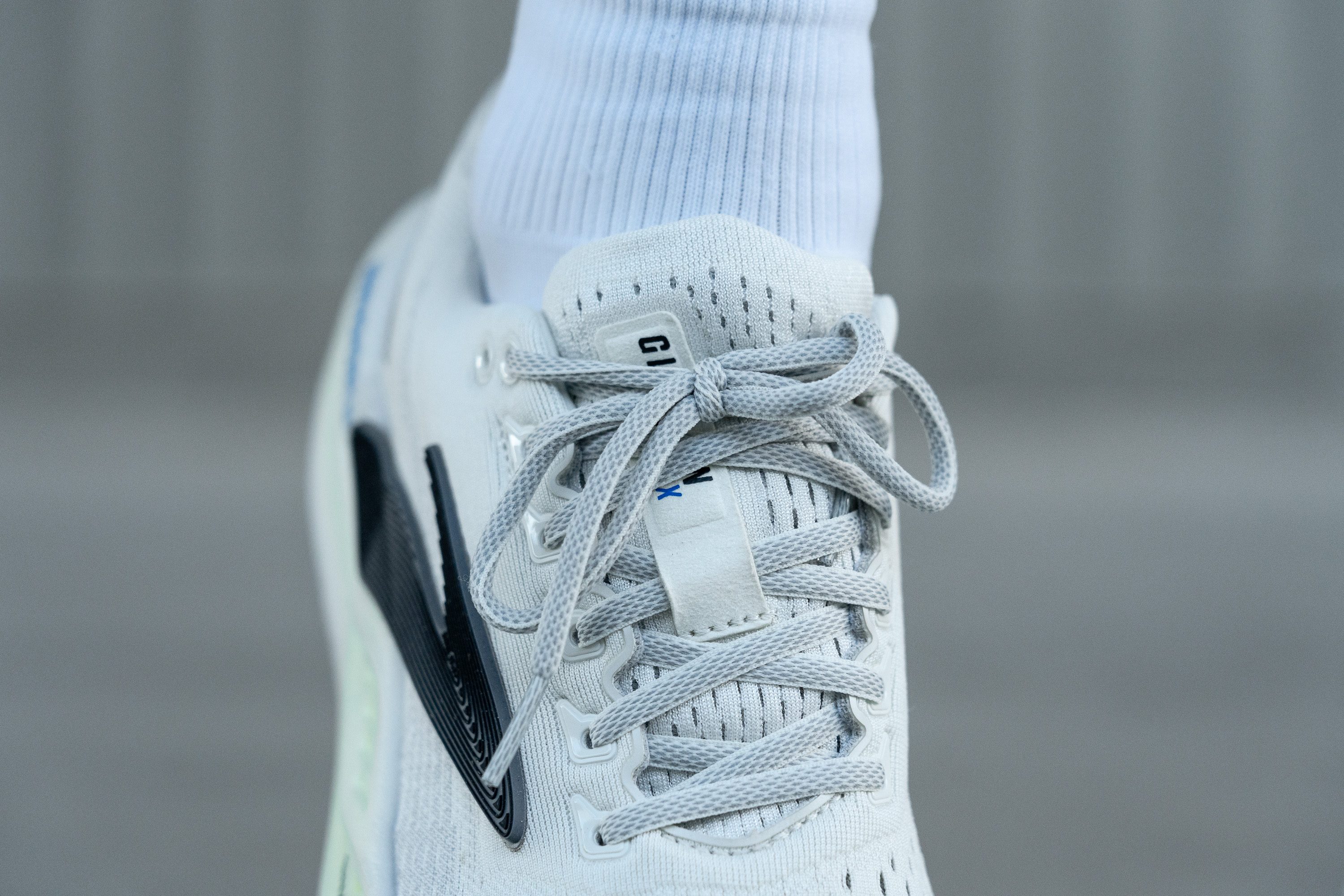
We believe that a simpler 8 or 9 mm tongue would’ve delivered sufficient comfort without the extra bulk. This would have allowed space for a gusset, effectively securing it to the midsole and delivering a much better fit.
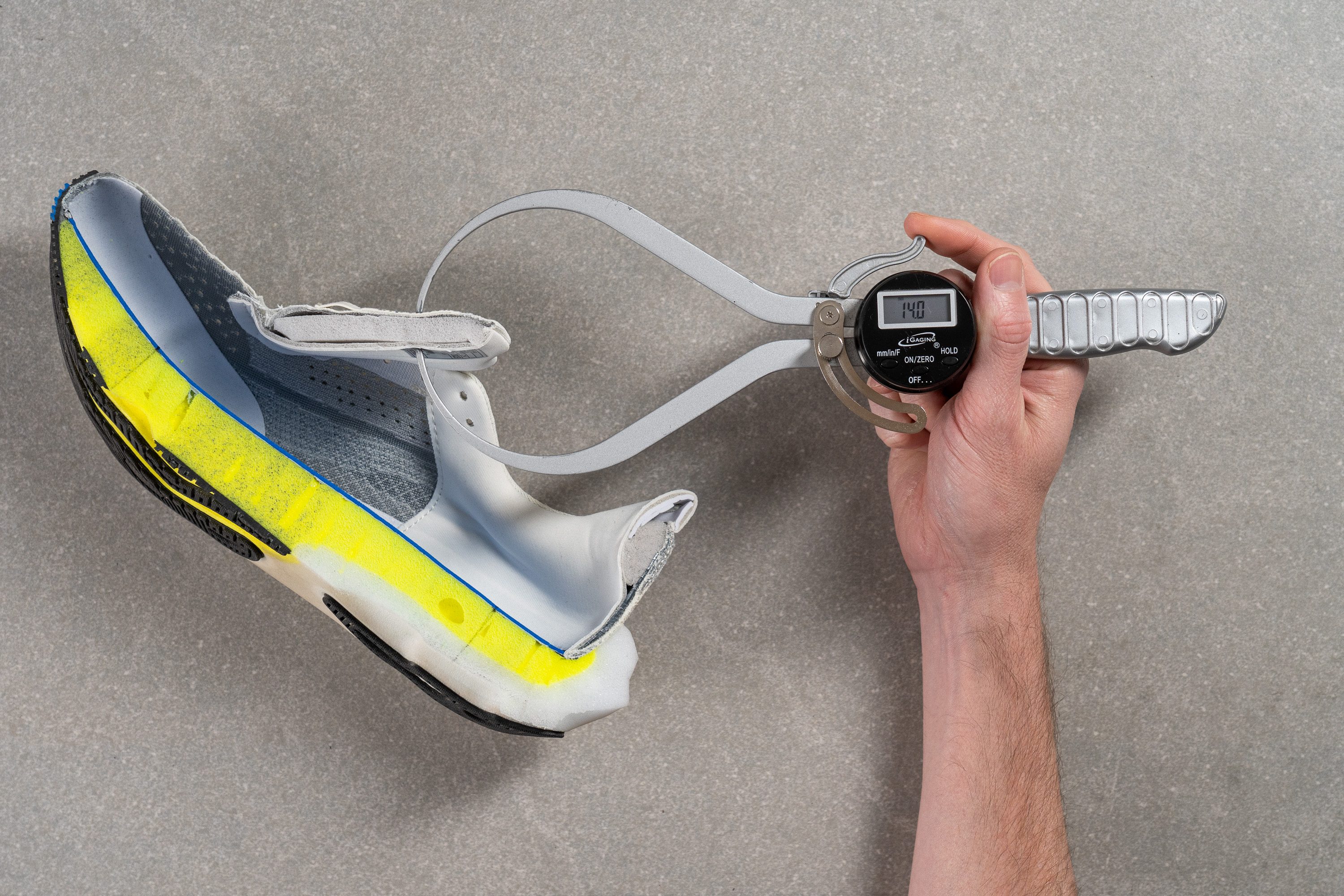
| Glycerin Max | 14.0 mm |
| Average | 5.8 mm |
Tongue: gusset type
Our first disappointment with the tongue emerged right off the bat—it isn’t fixed to the sides! In our view, this oversight falls far below expectations for a shoe positioned as Brooks' premium trainer.

| Glycerin Max | None |
Price
Maximalist training shoes are hovering around the $200 range, and that’s exactly where the Glycerin Max lands. We know it’s a substantial investment for a trainer, but you’re getting a serious amount of foam underfoot. And given recent market trends, if maximal cushioning is what you’re after, it’s going to come with a maximal price tag.
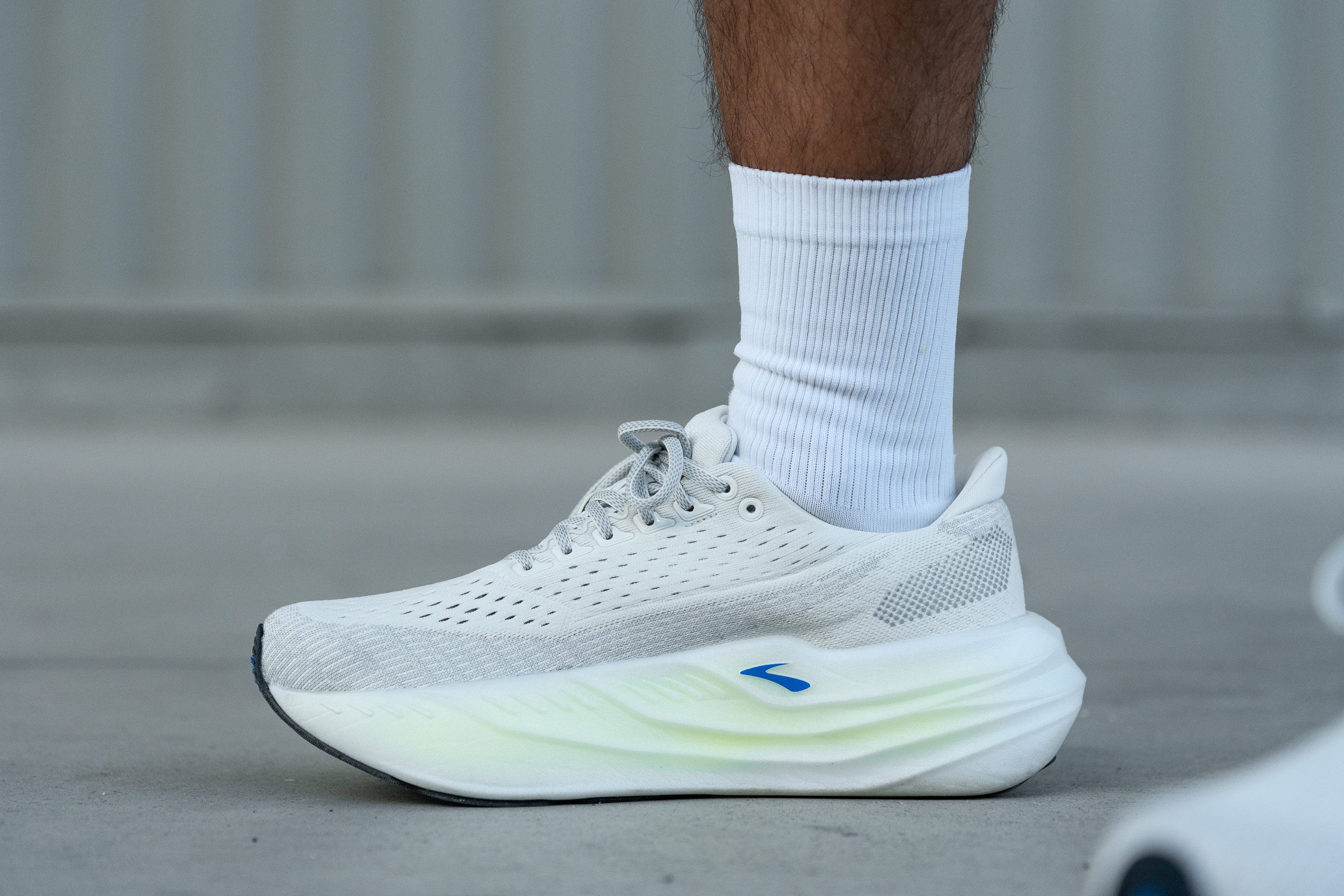
But we think that Brooks could enhance some Glycerin Max’s features to match its cost, like its weight. Still, for marathoners seeking a recovery or long-run shoe that saves the legs for the next session, it’s a solid choice.
| Glycerin Max | $200 |
| Average | $152 |
Heel tab
Brooks makes some unconventional choices, and one of the quirkiest is their tendency to skip finger-loop heel tabs in training shoes, only adding them to competition models like the Hyperion Elite 4.
However, the Glycerin Max features an extended, easy-grab heel collar that makes slipping your foot inside a breeze.
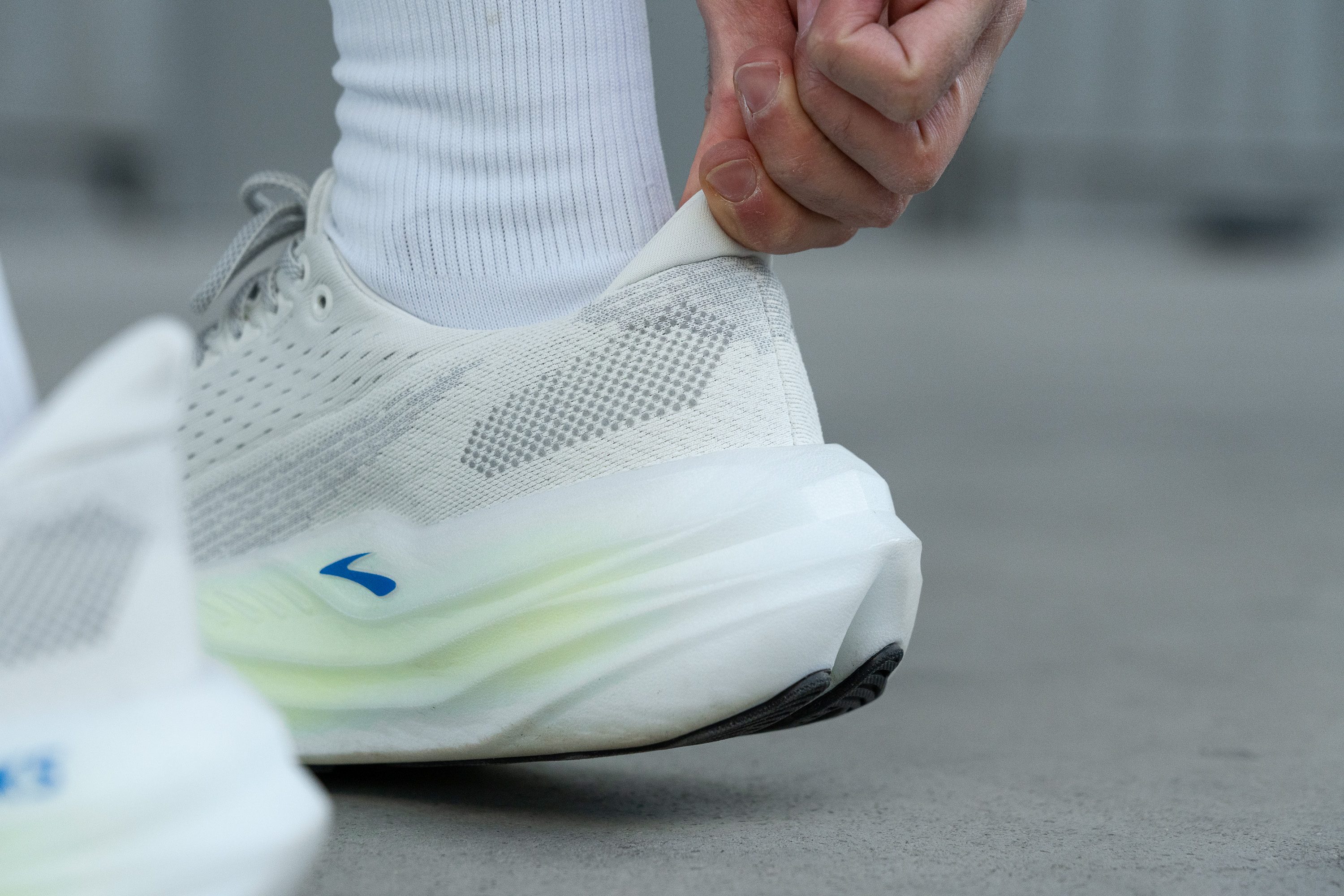
| Glycerin Max | Extended heel collar |

